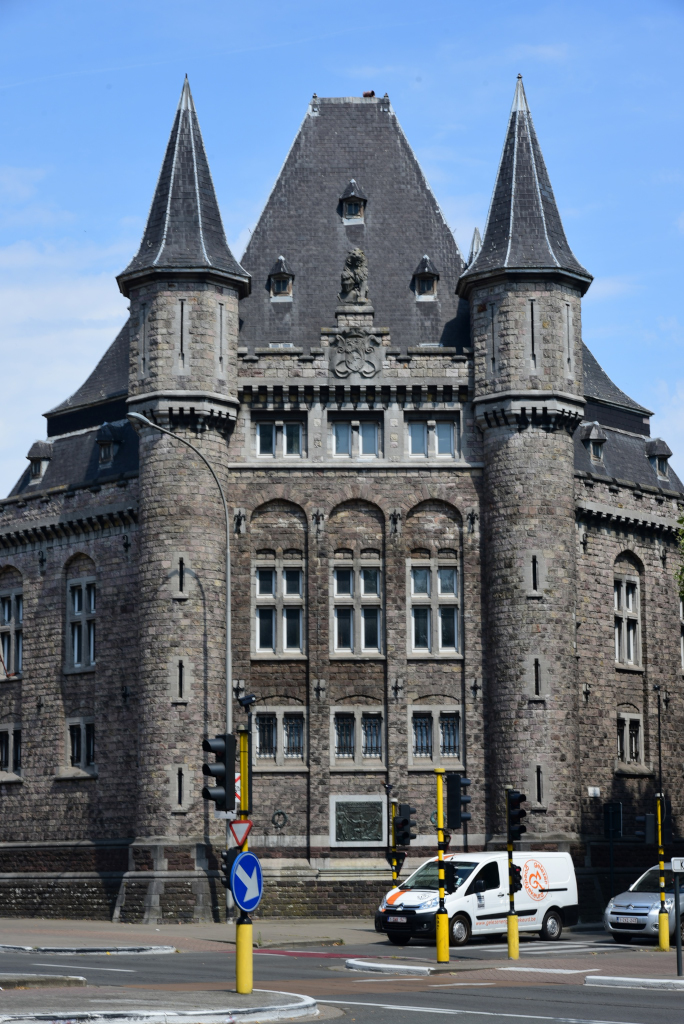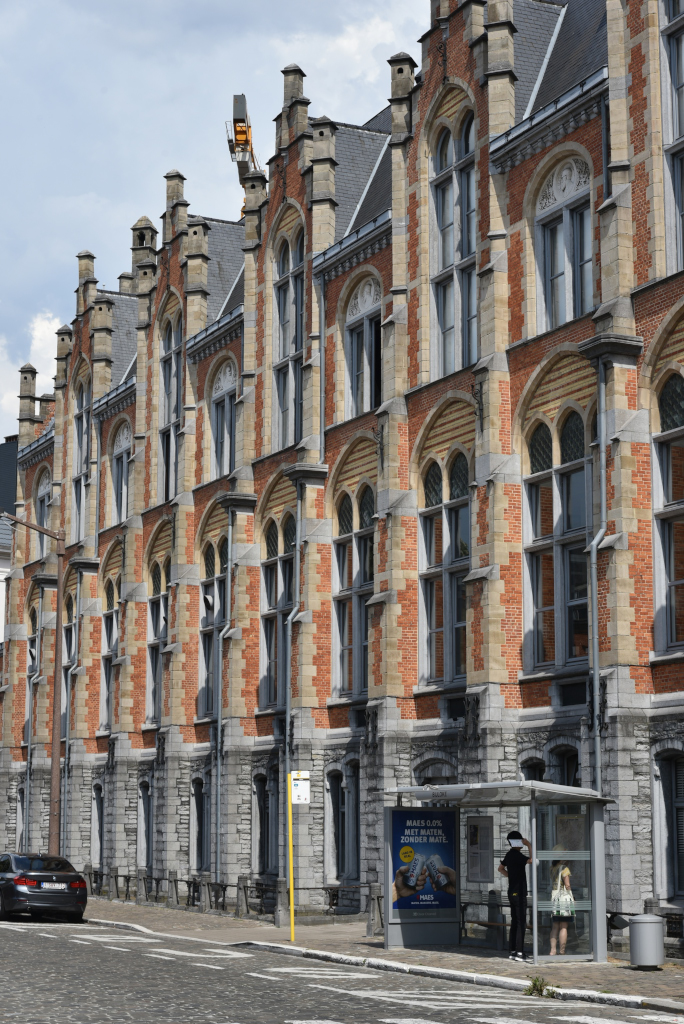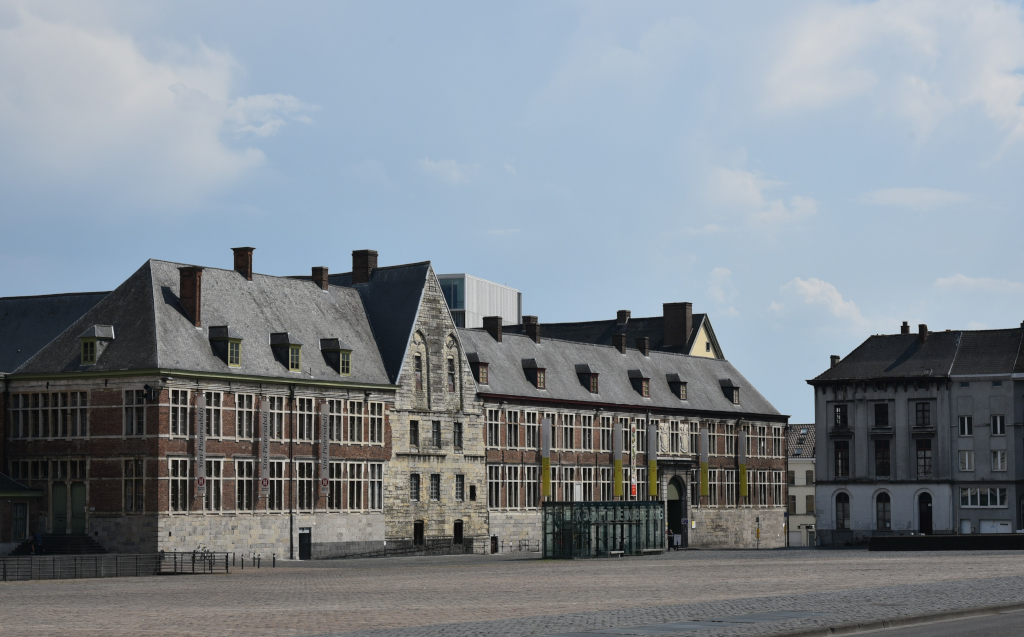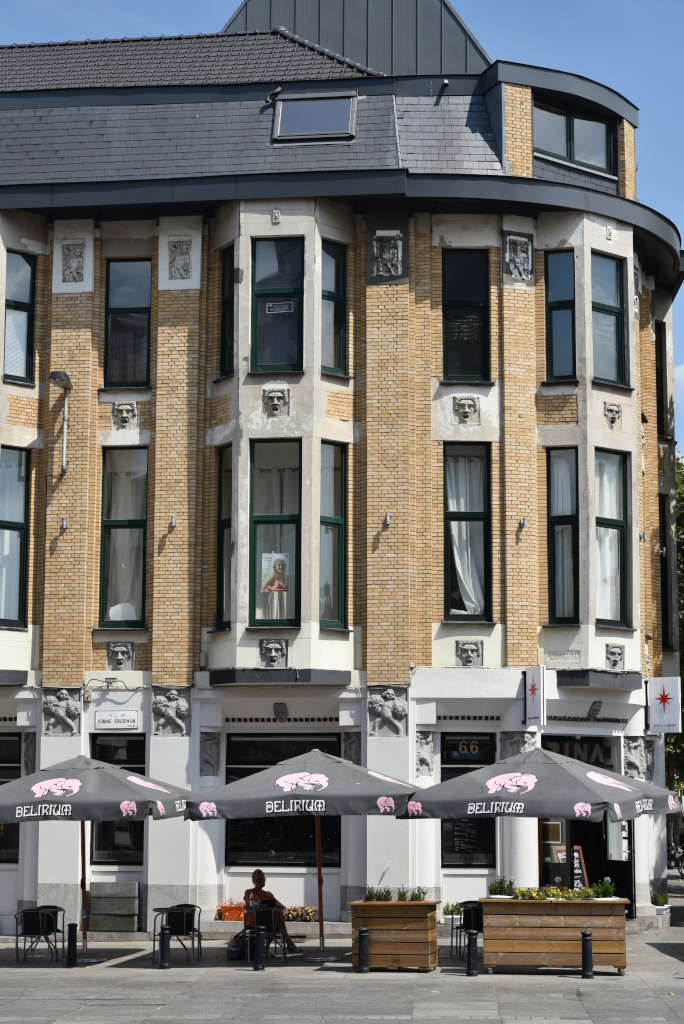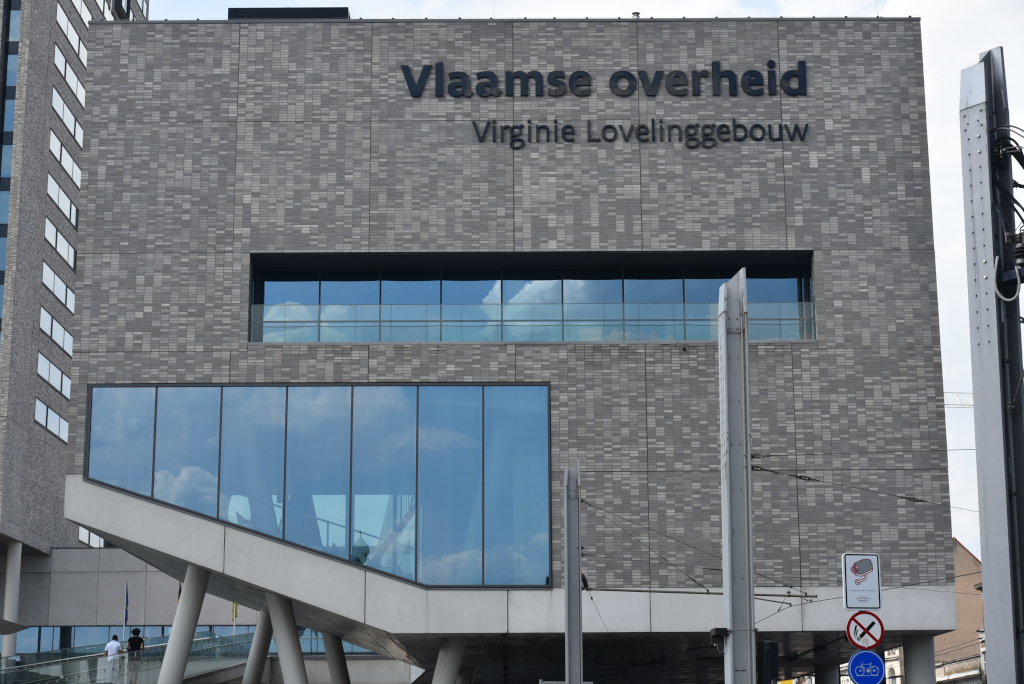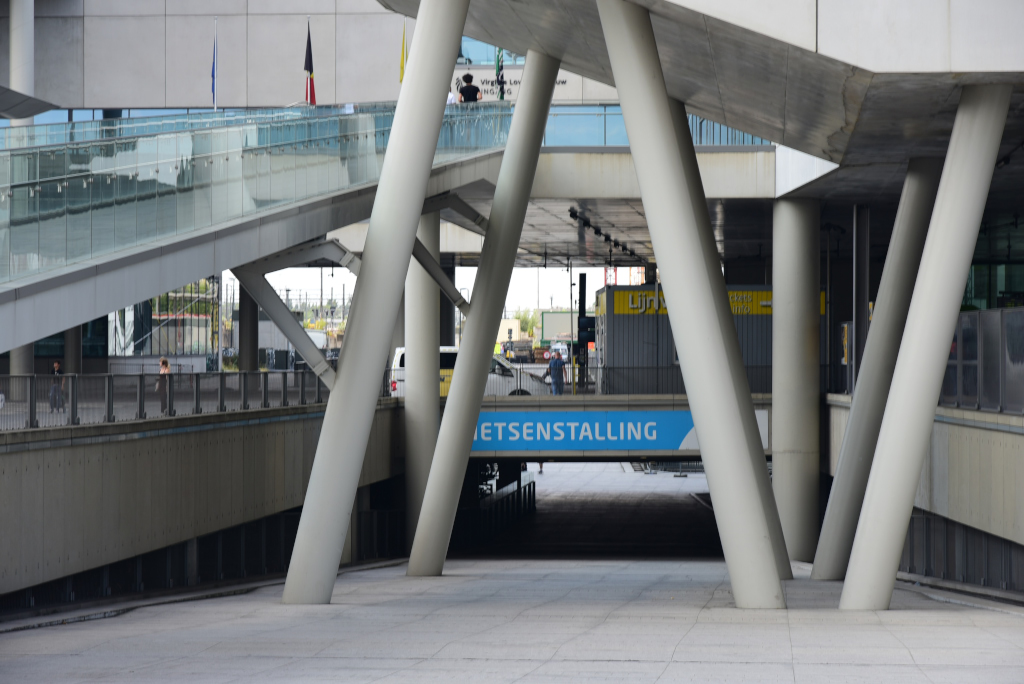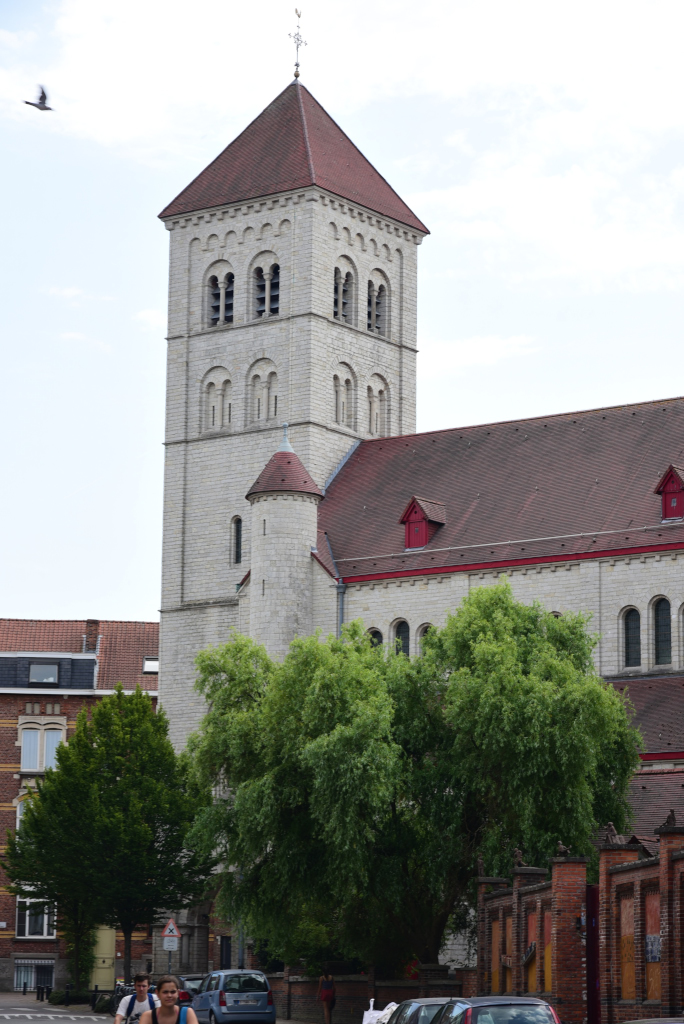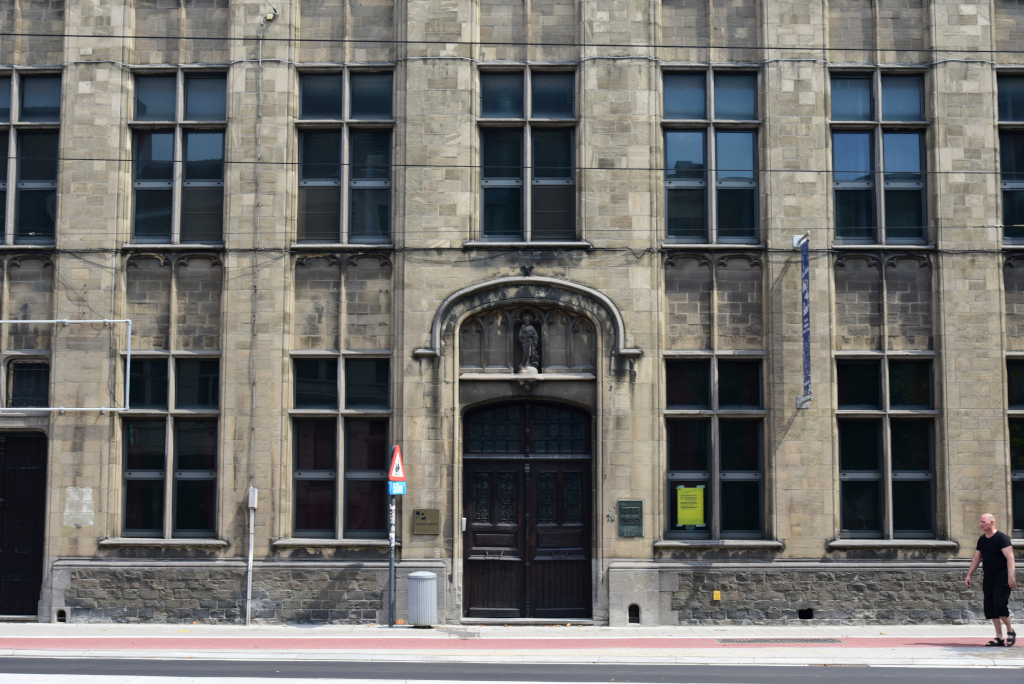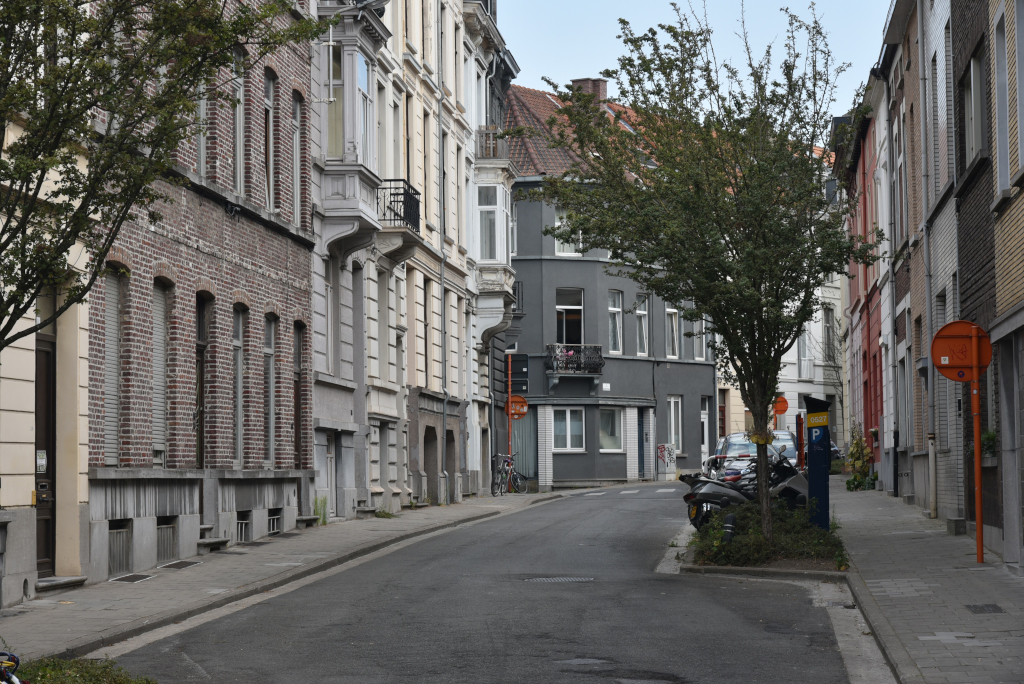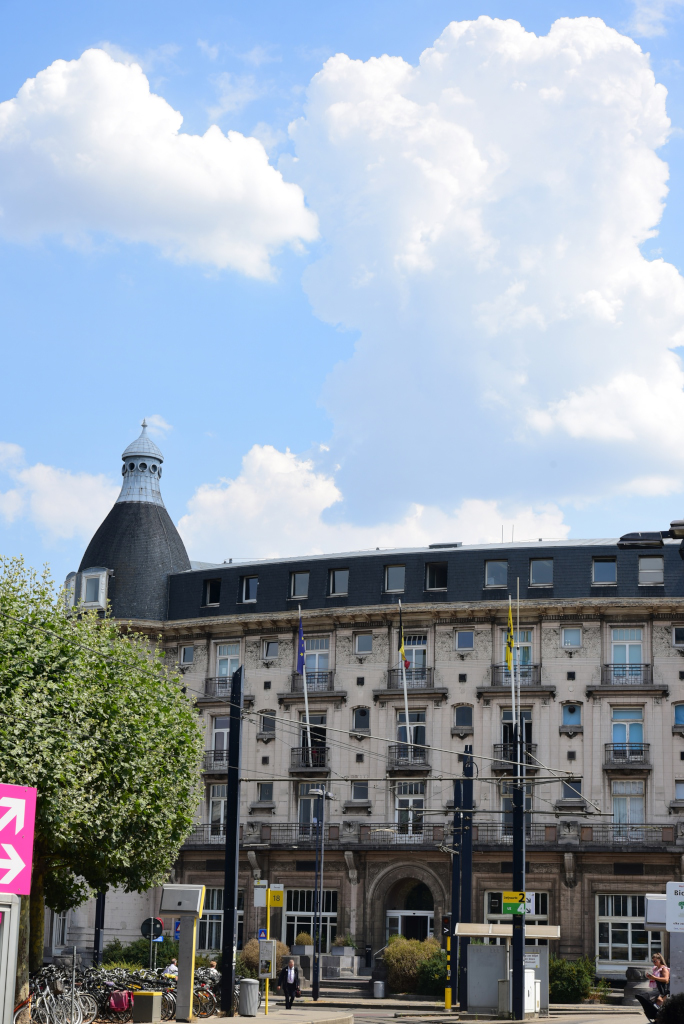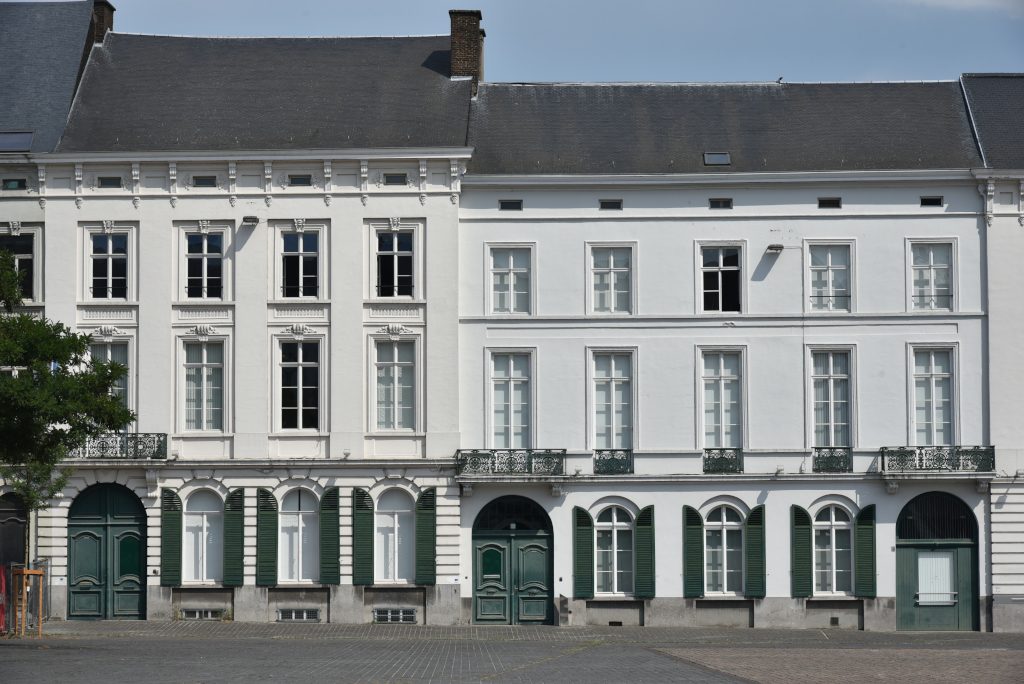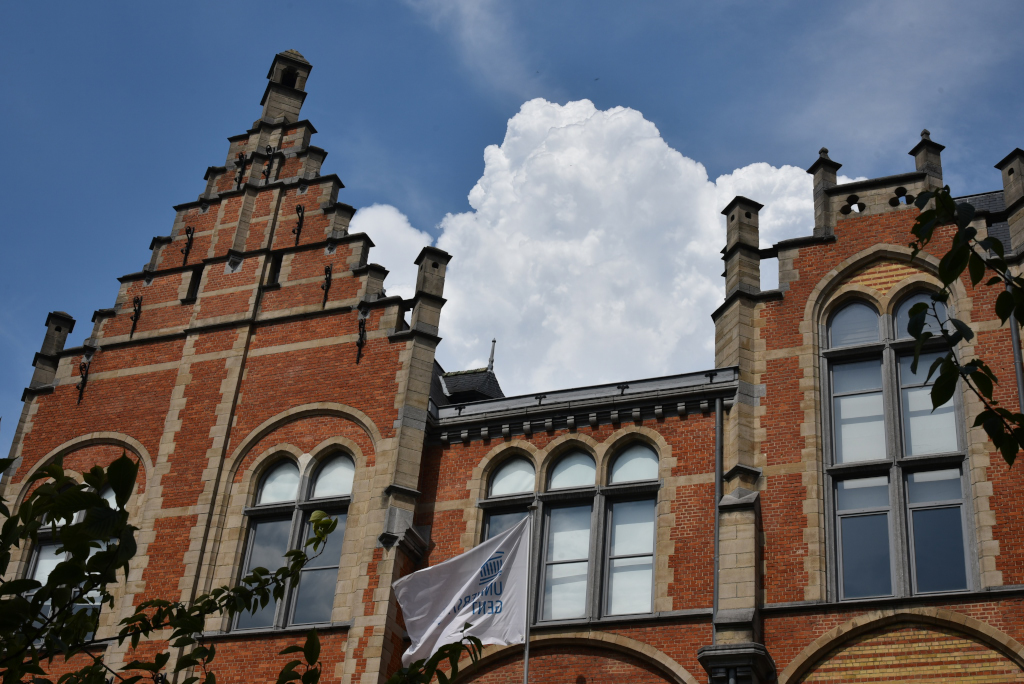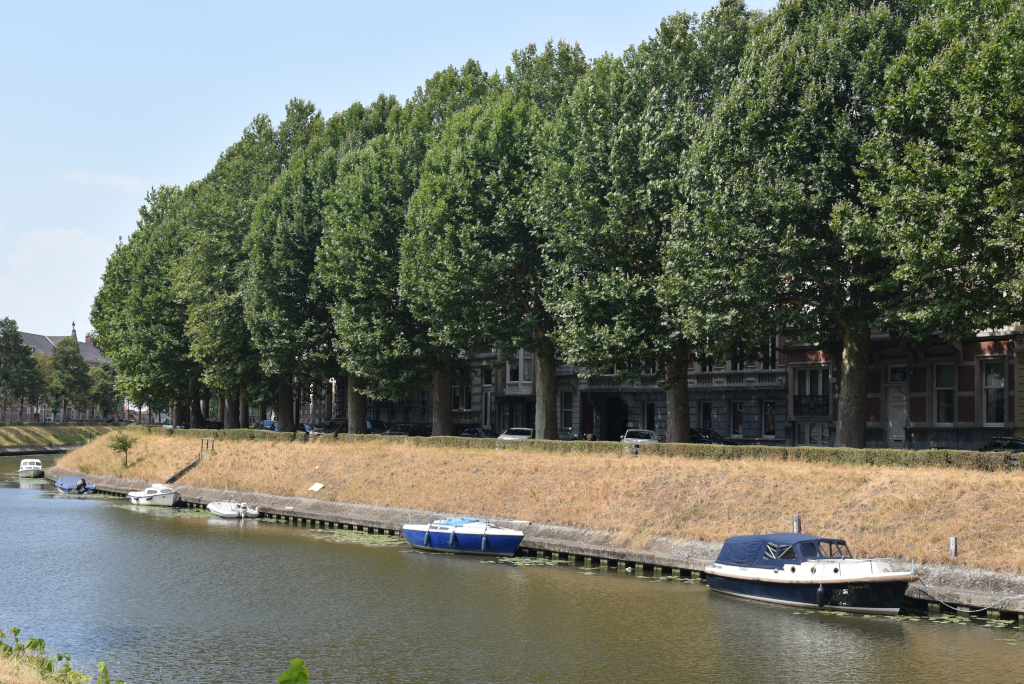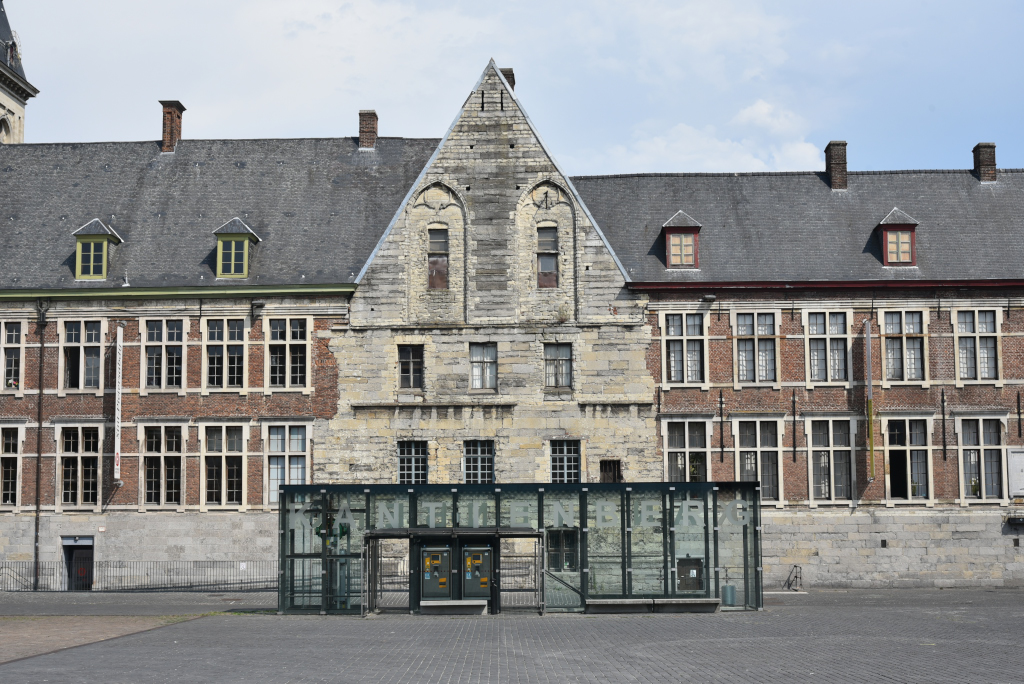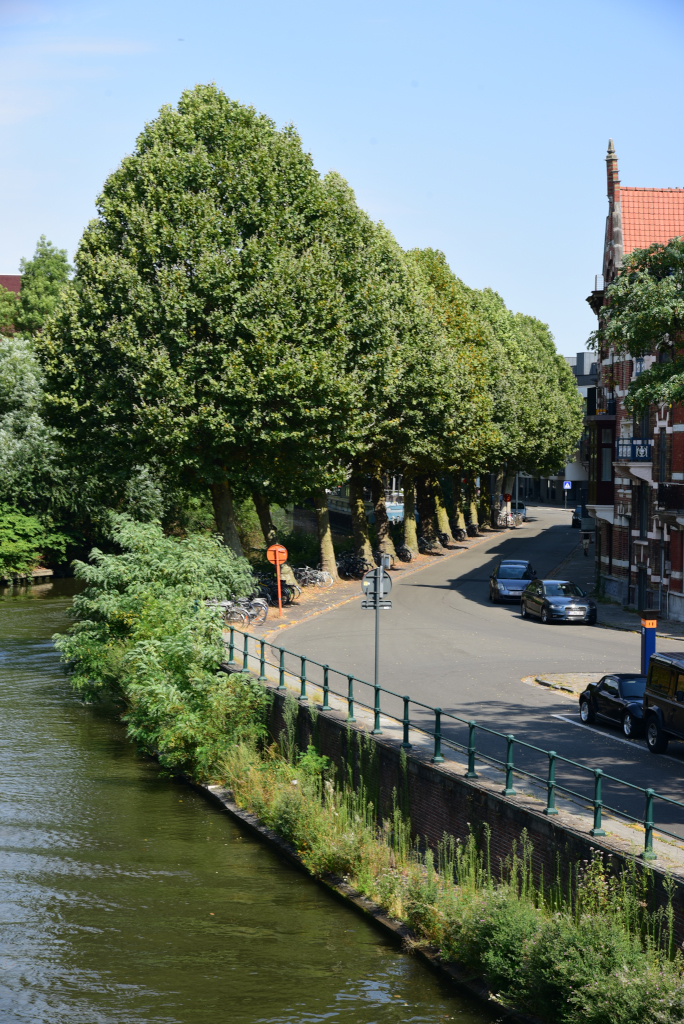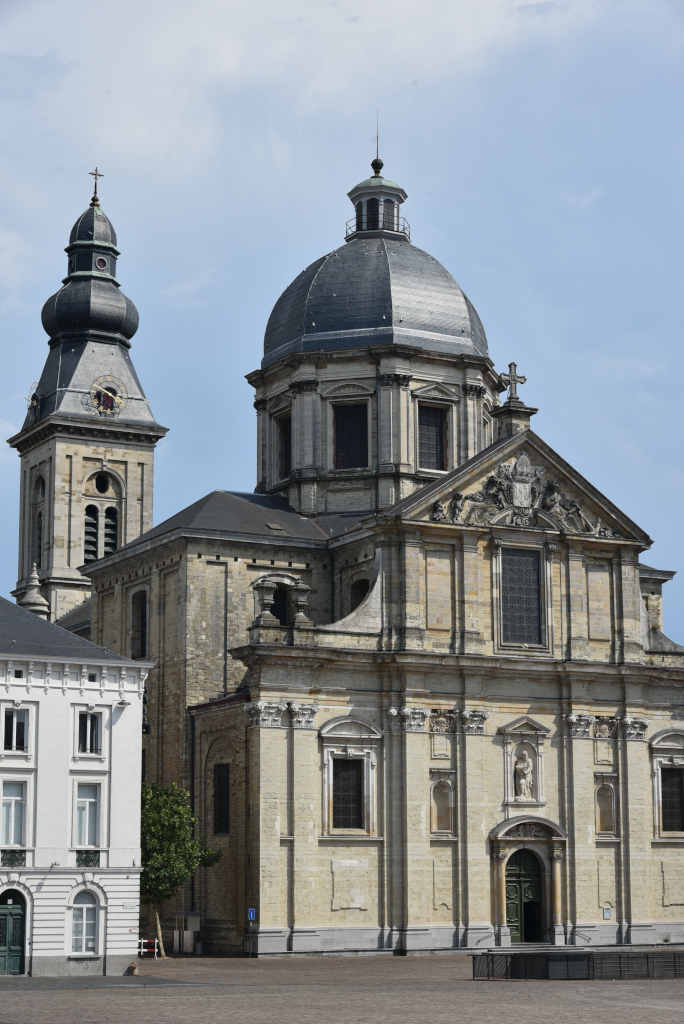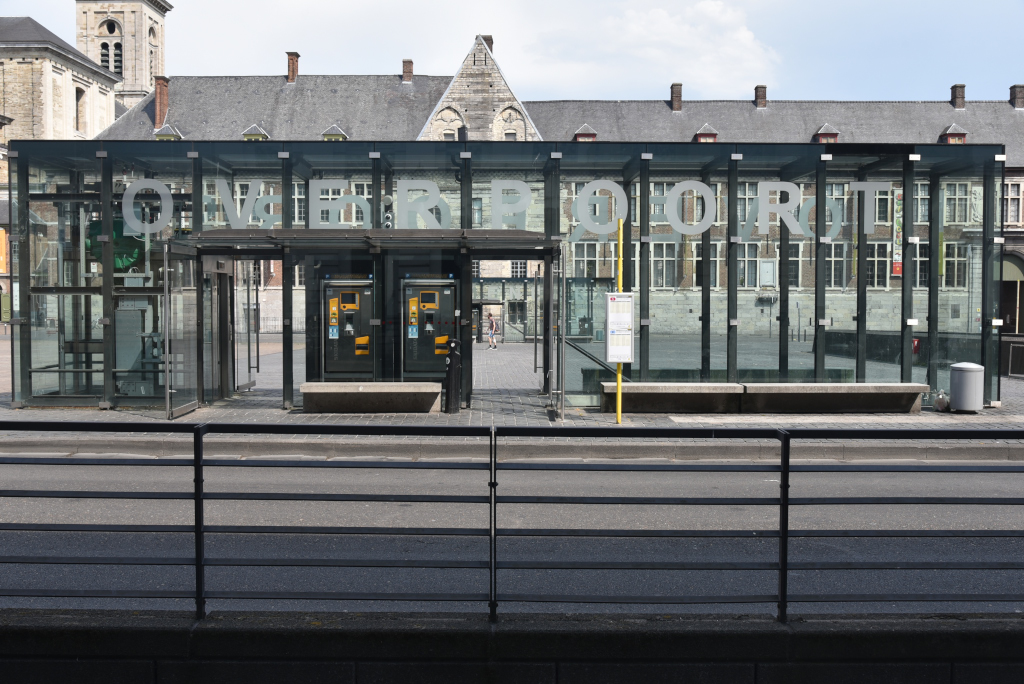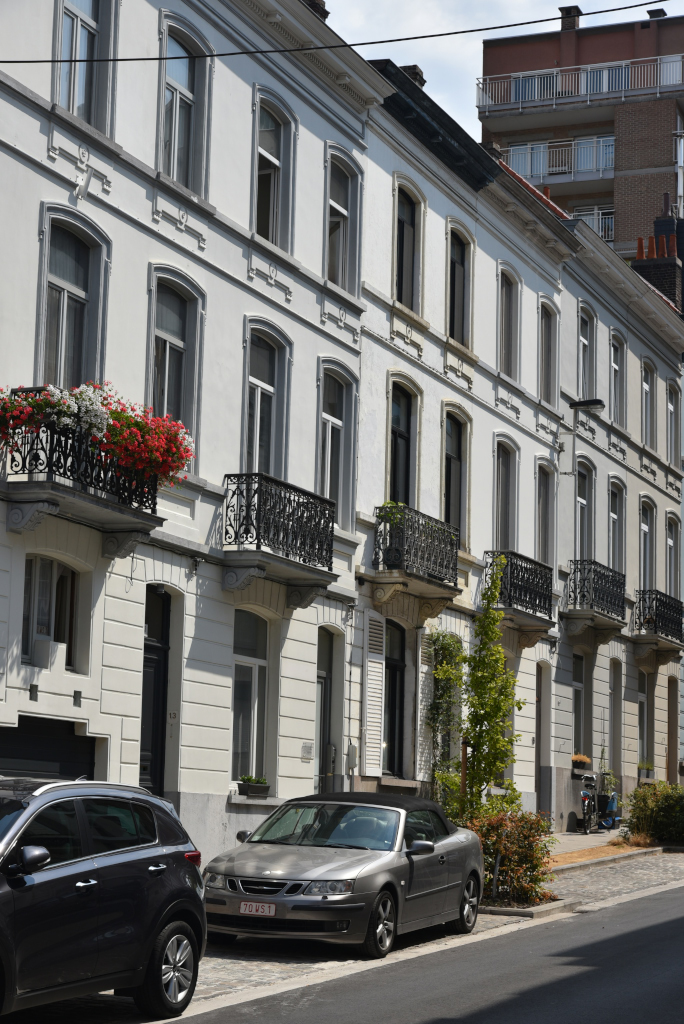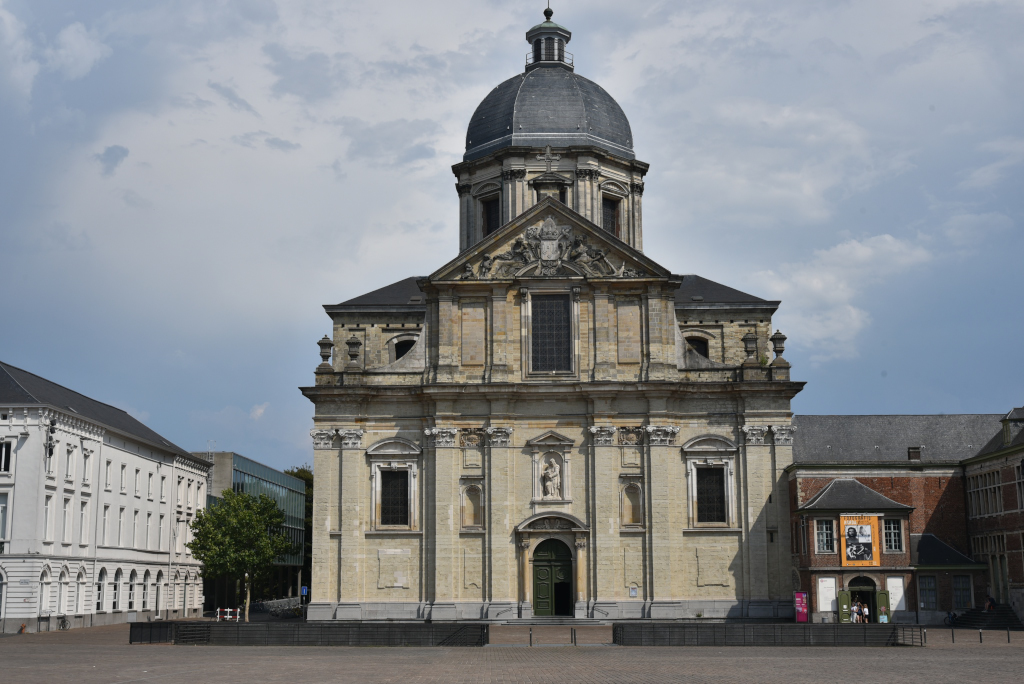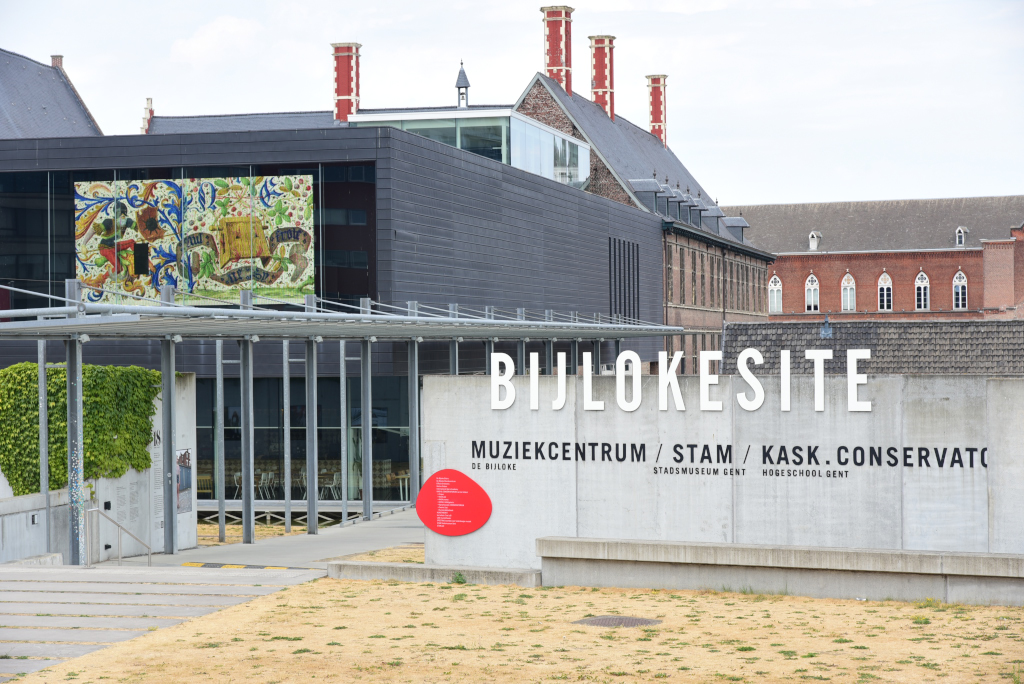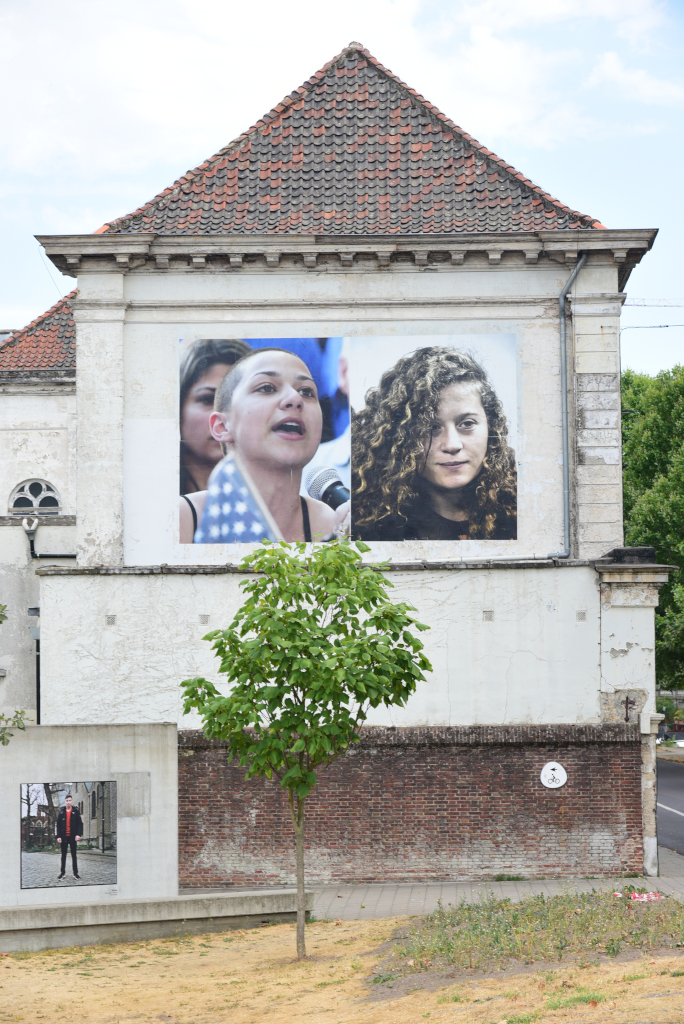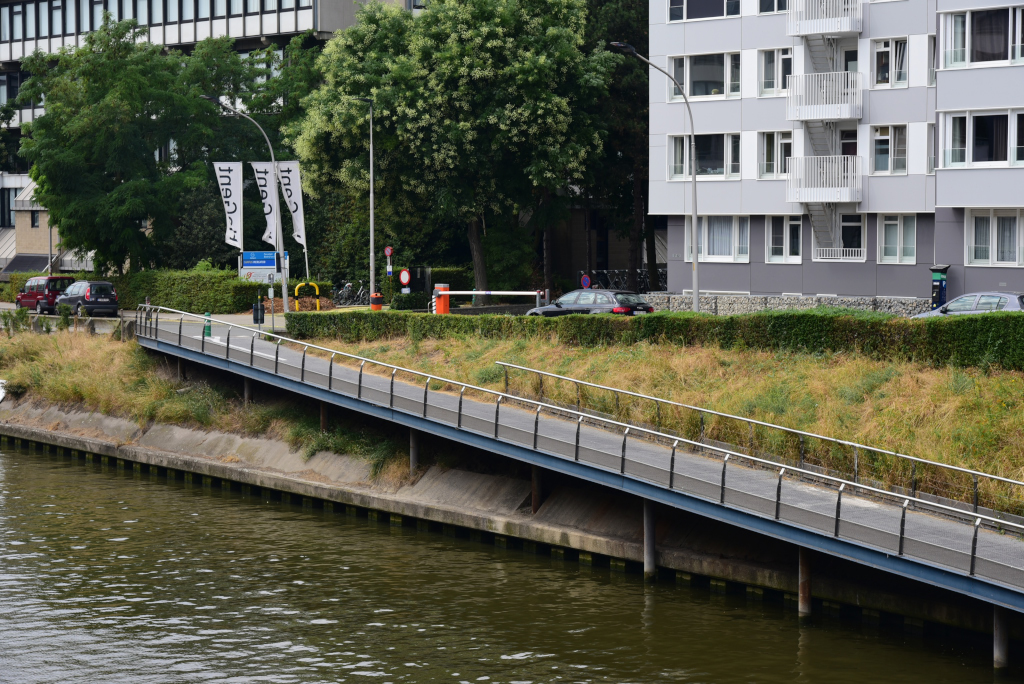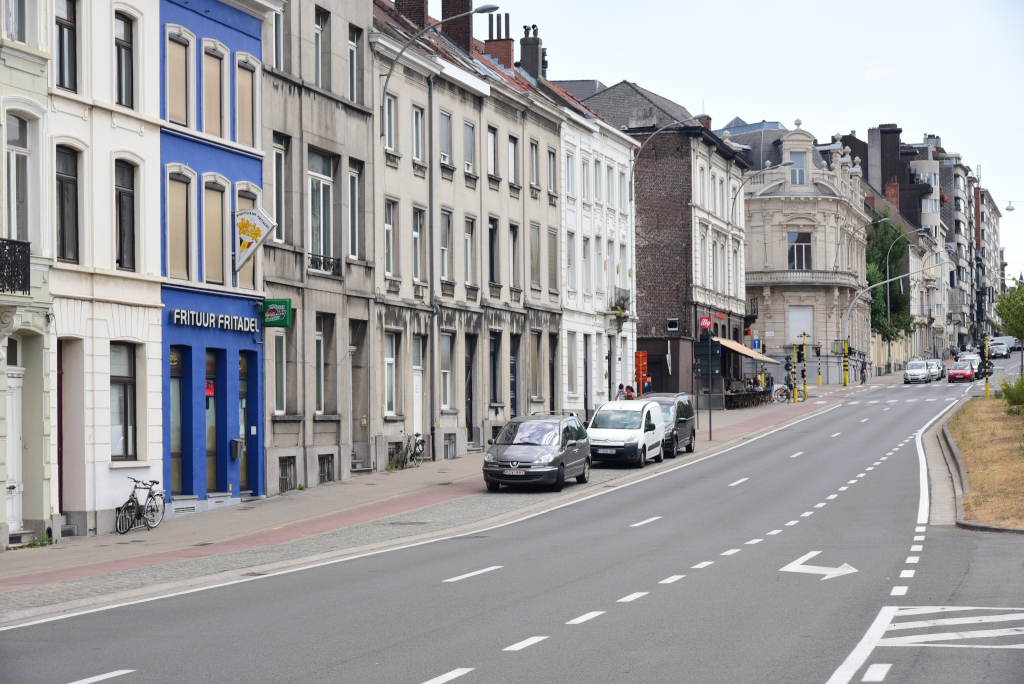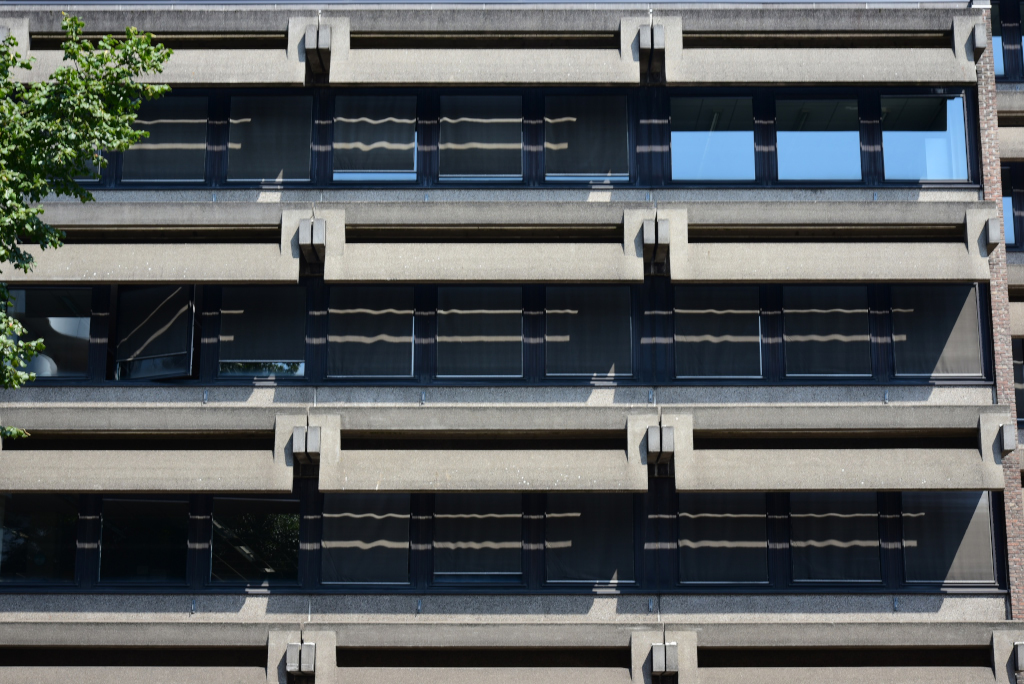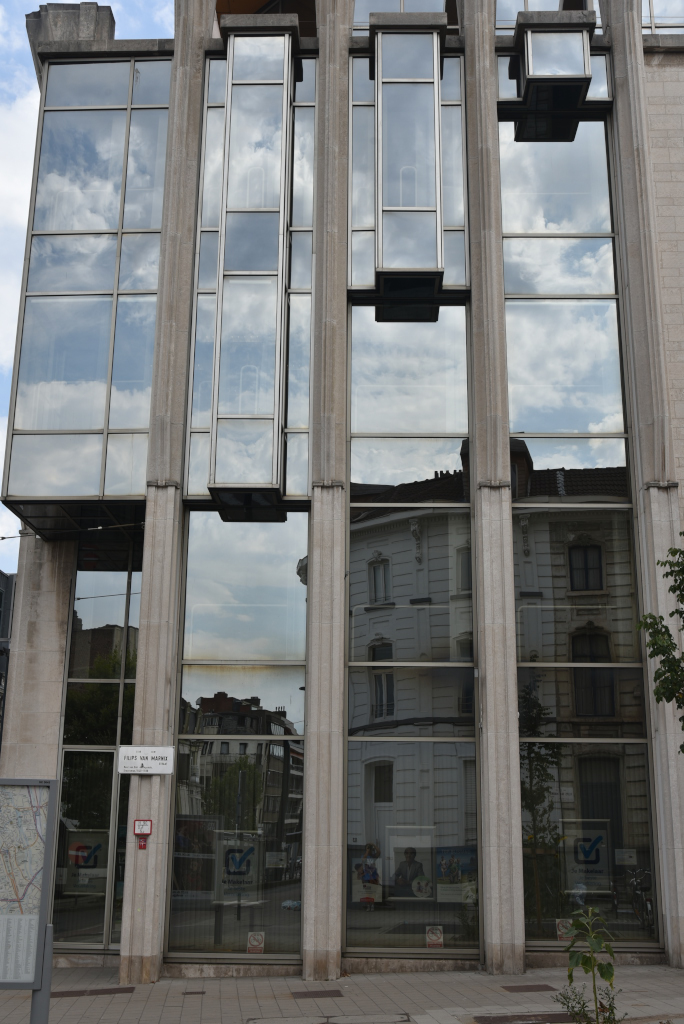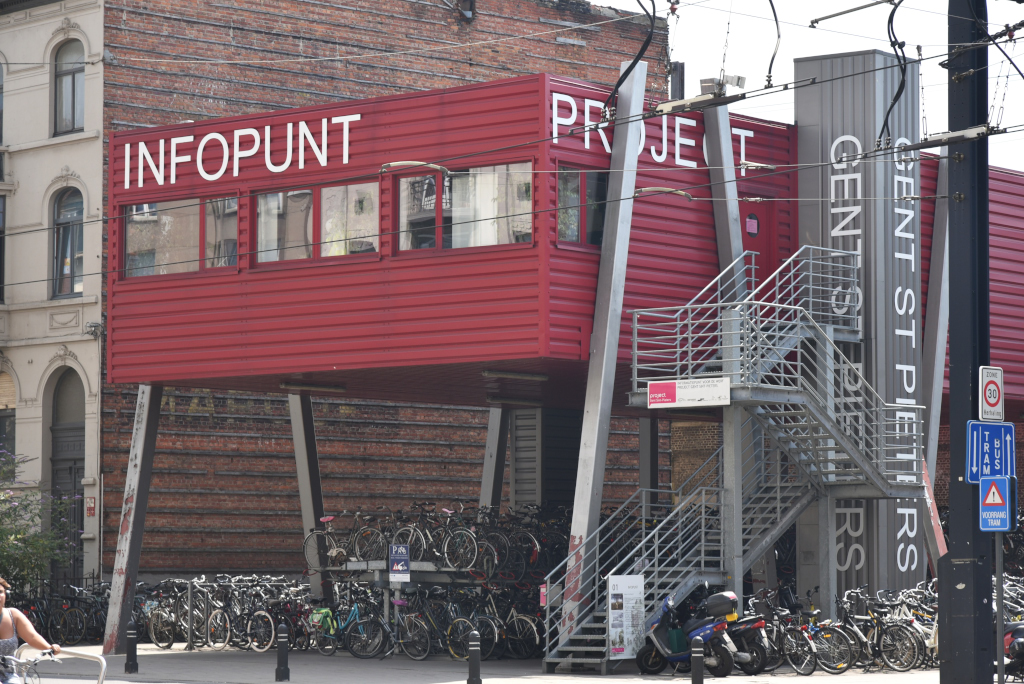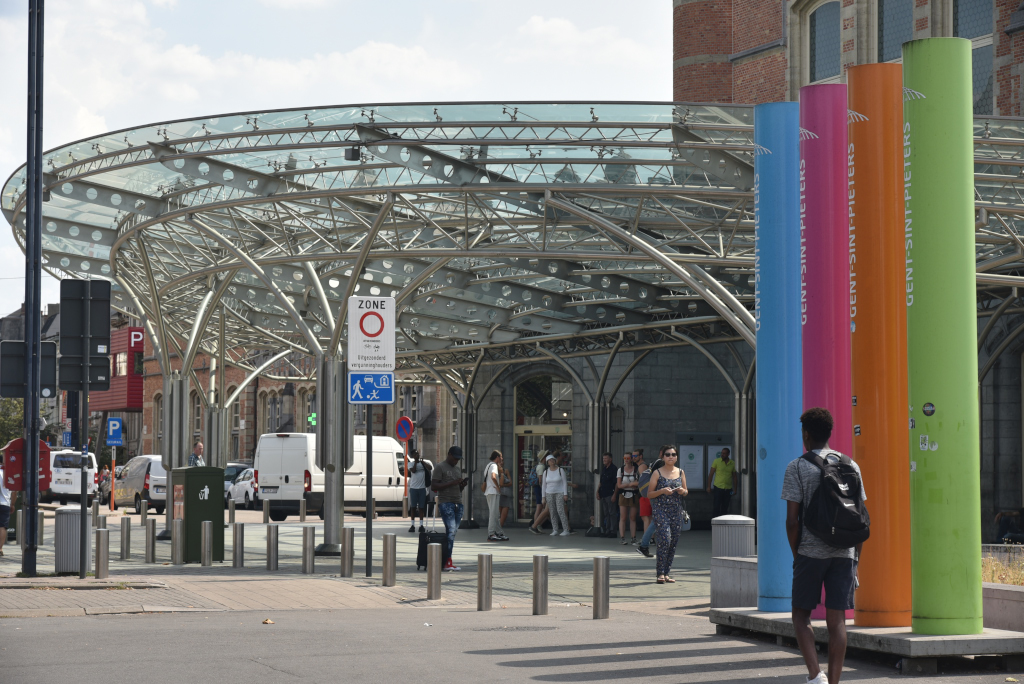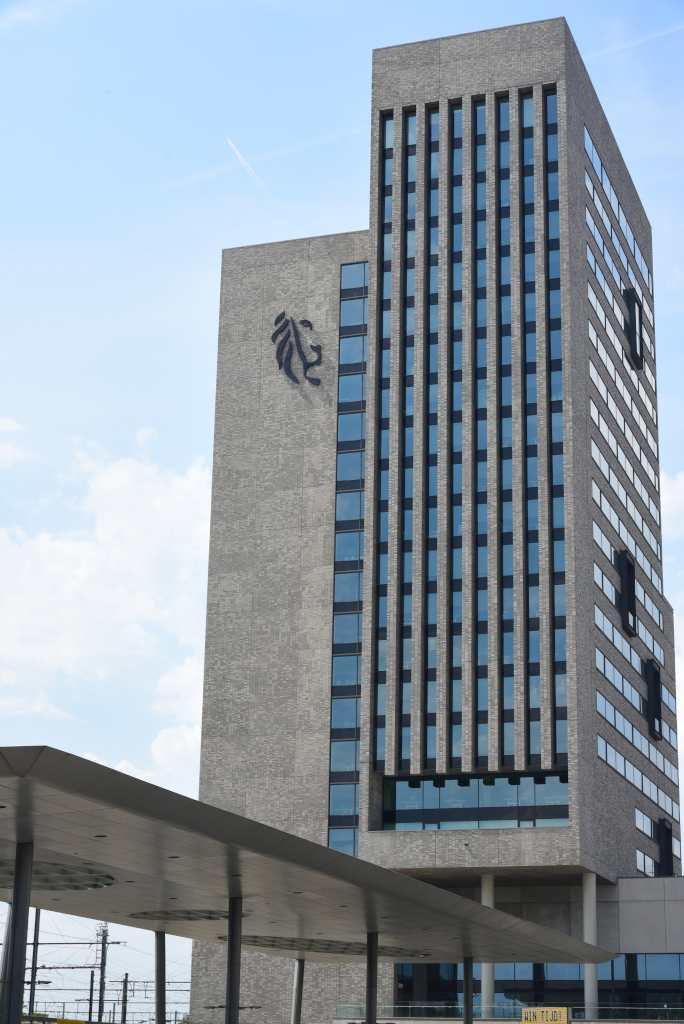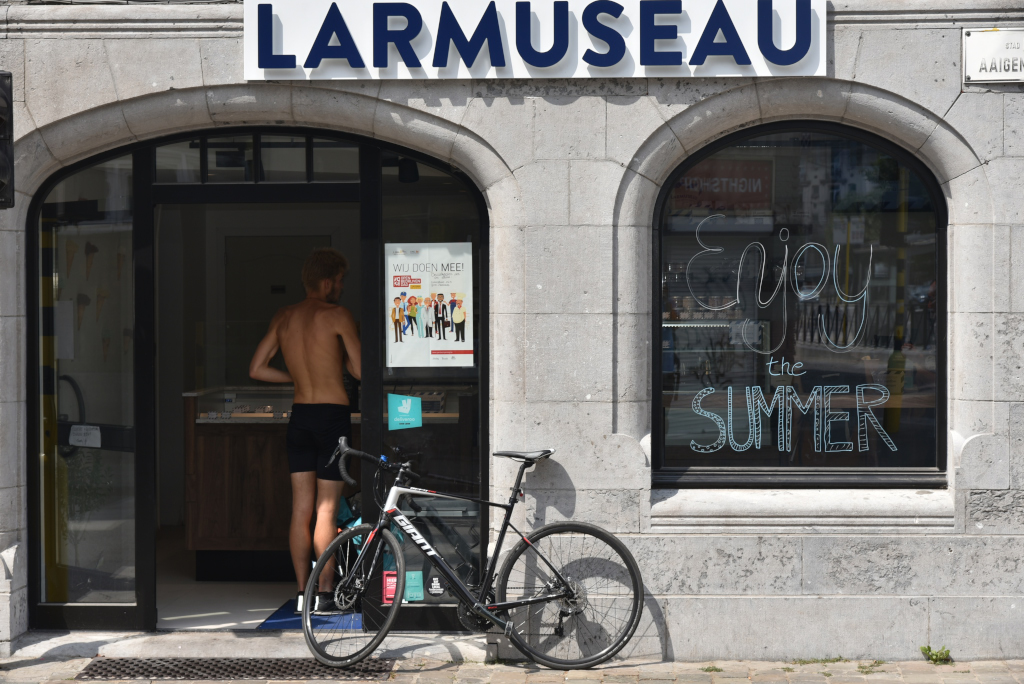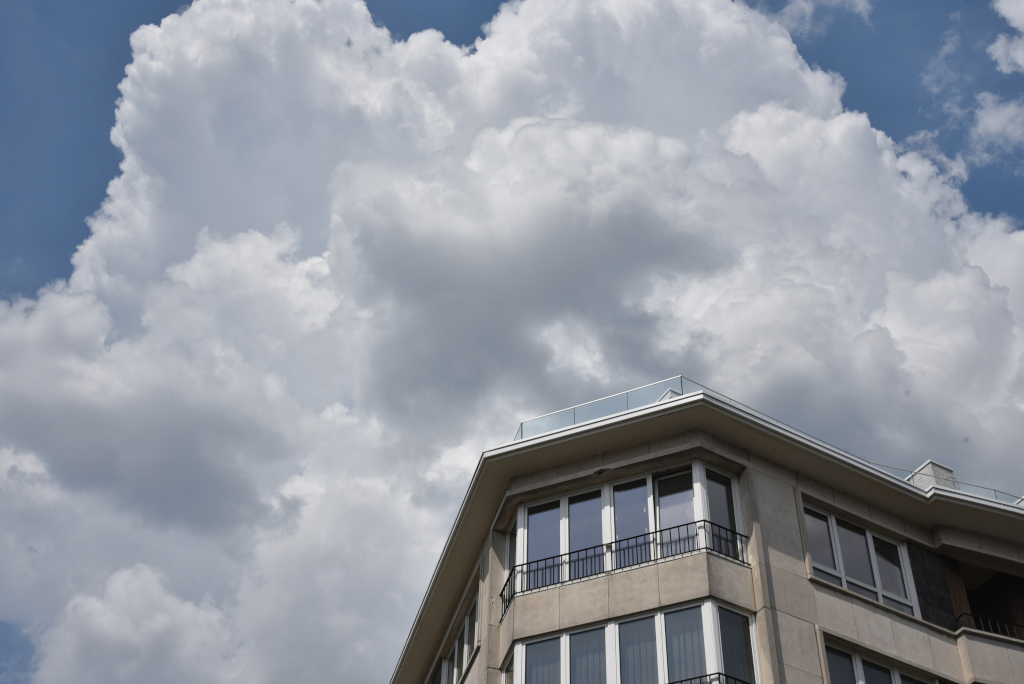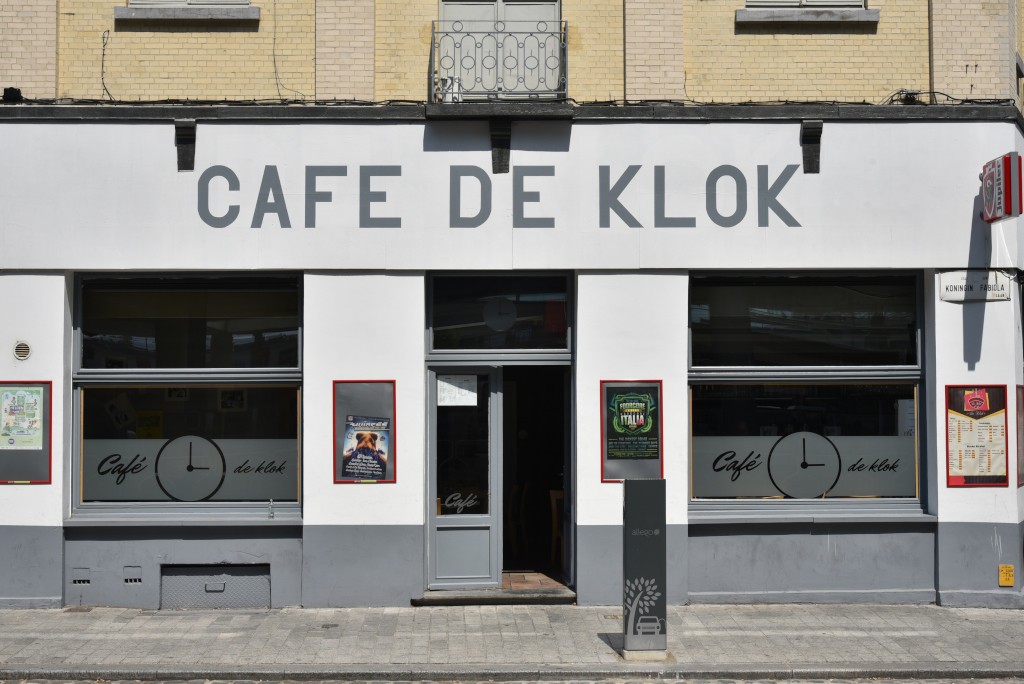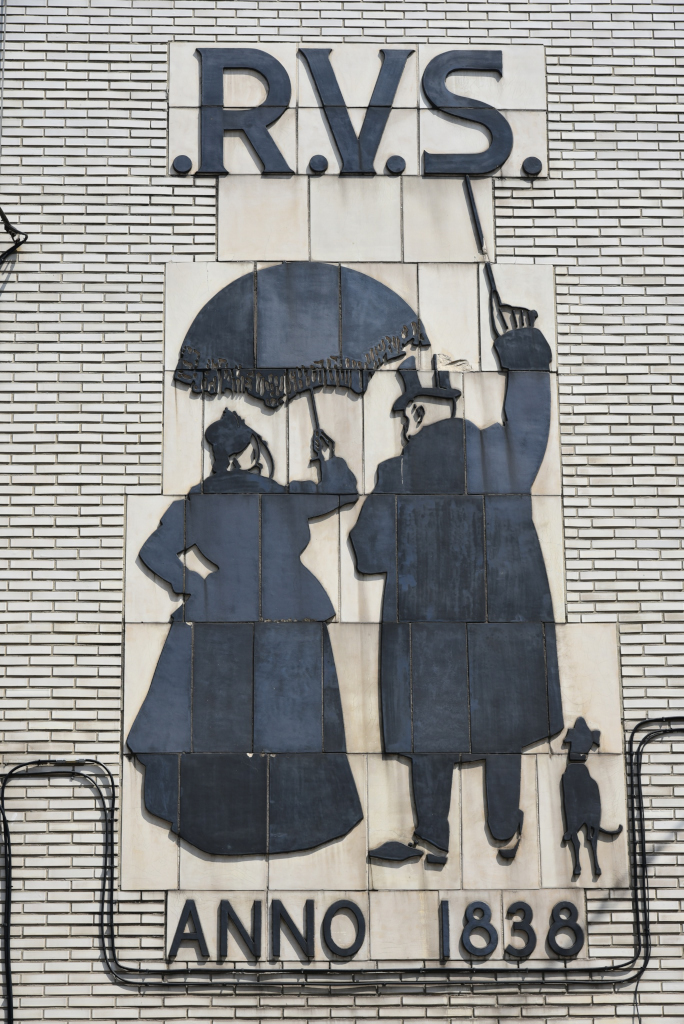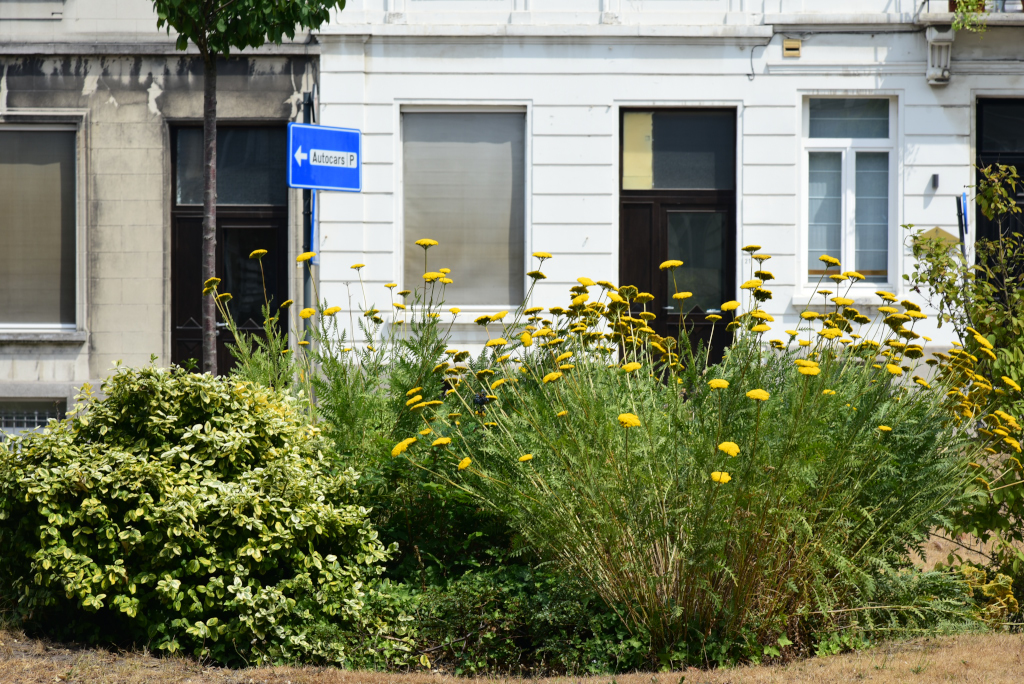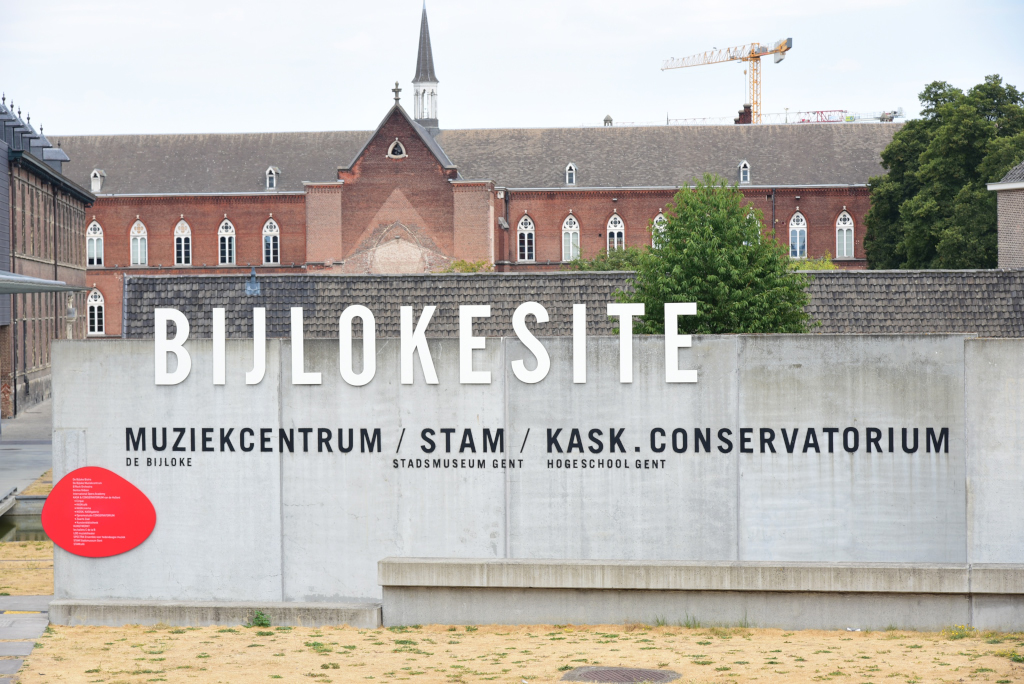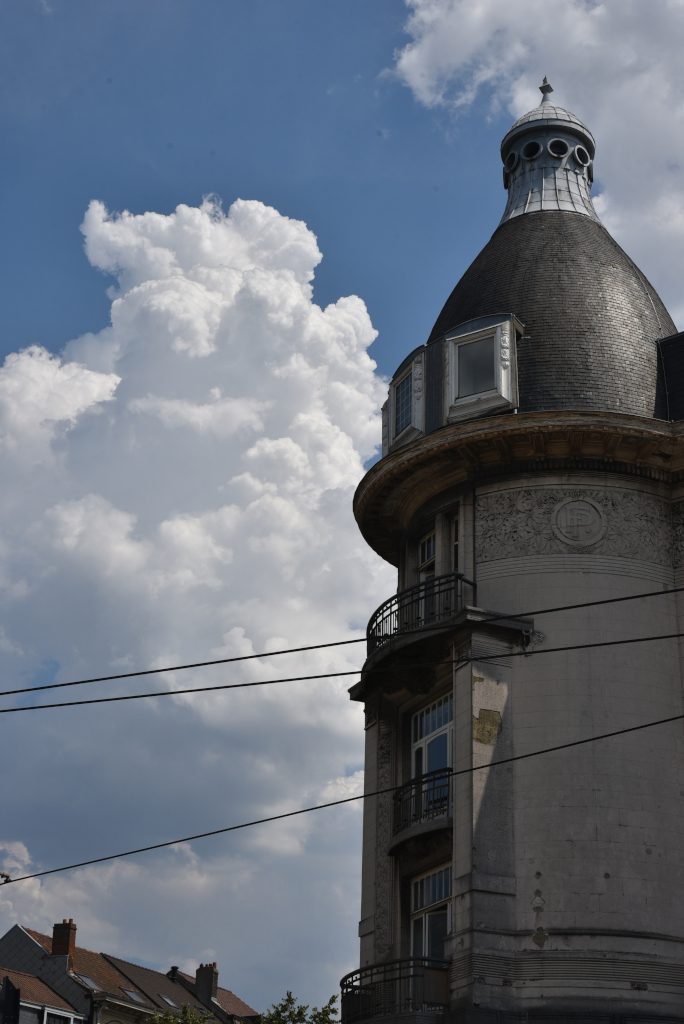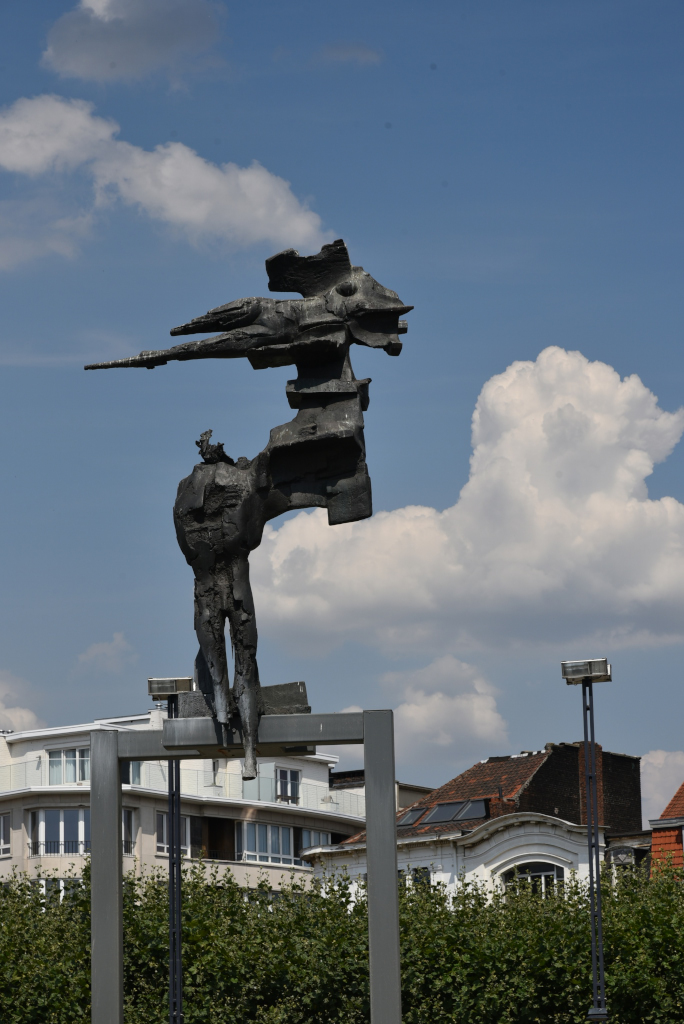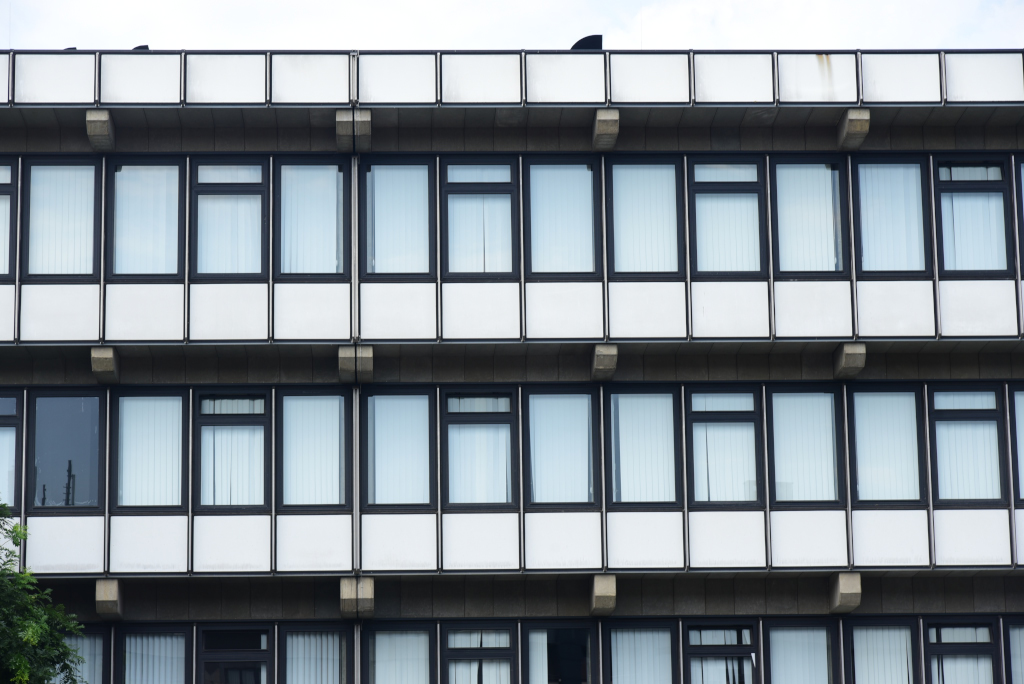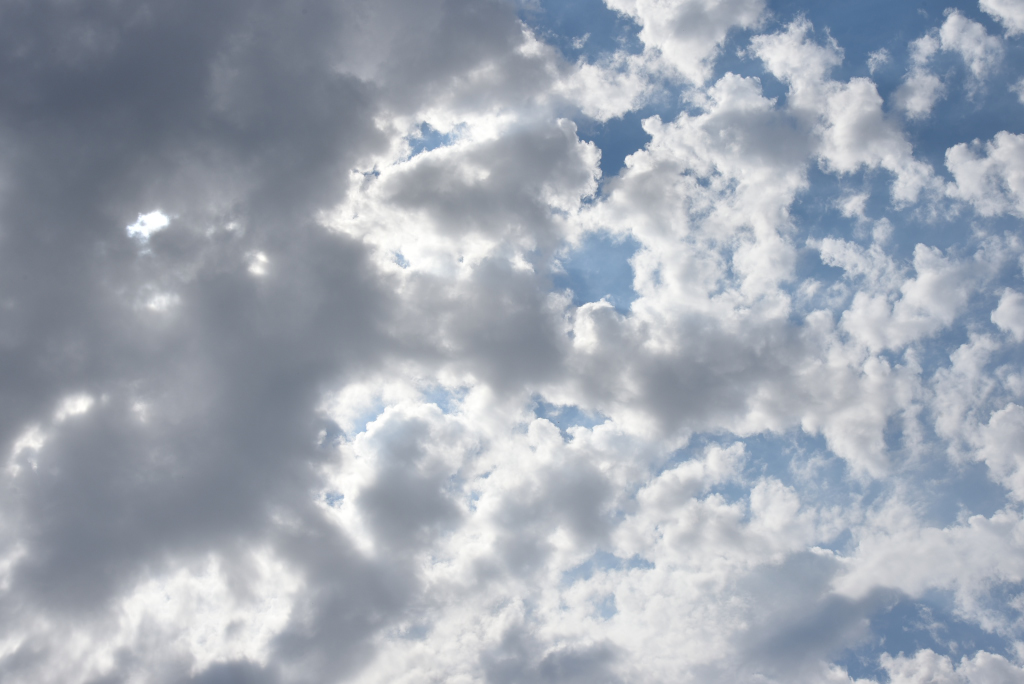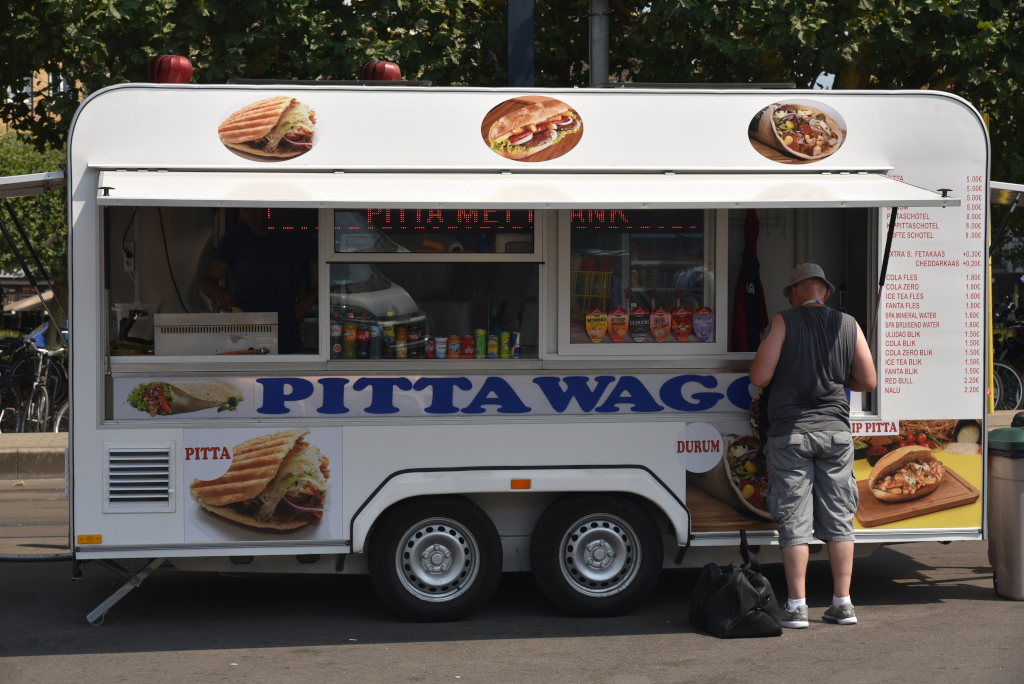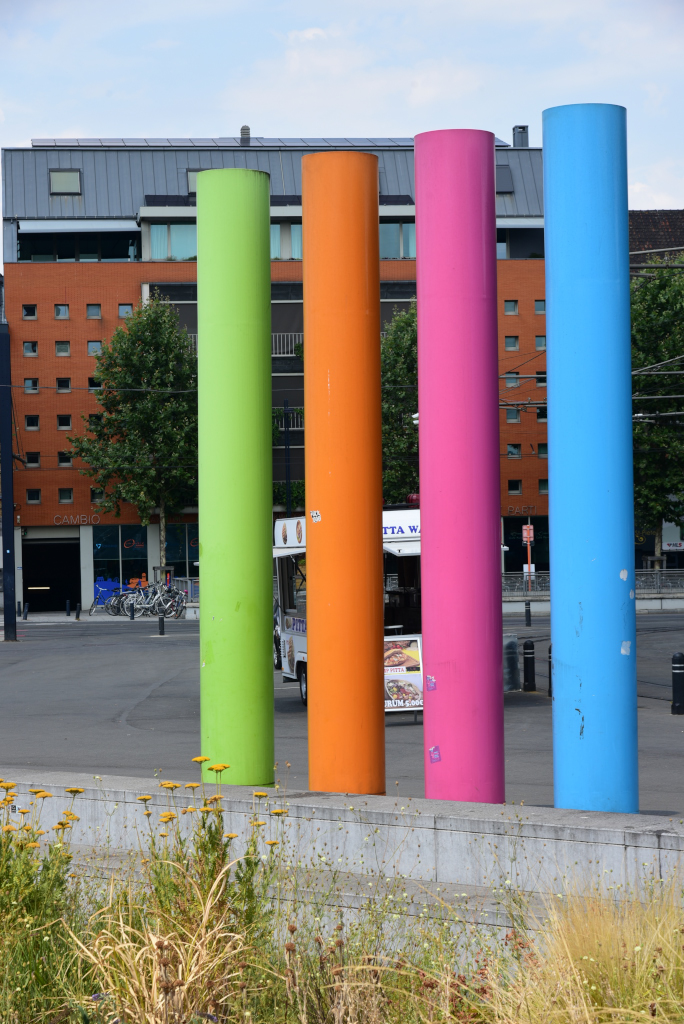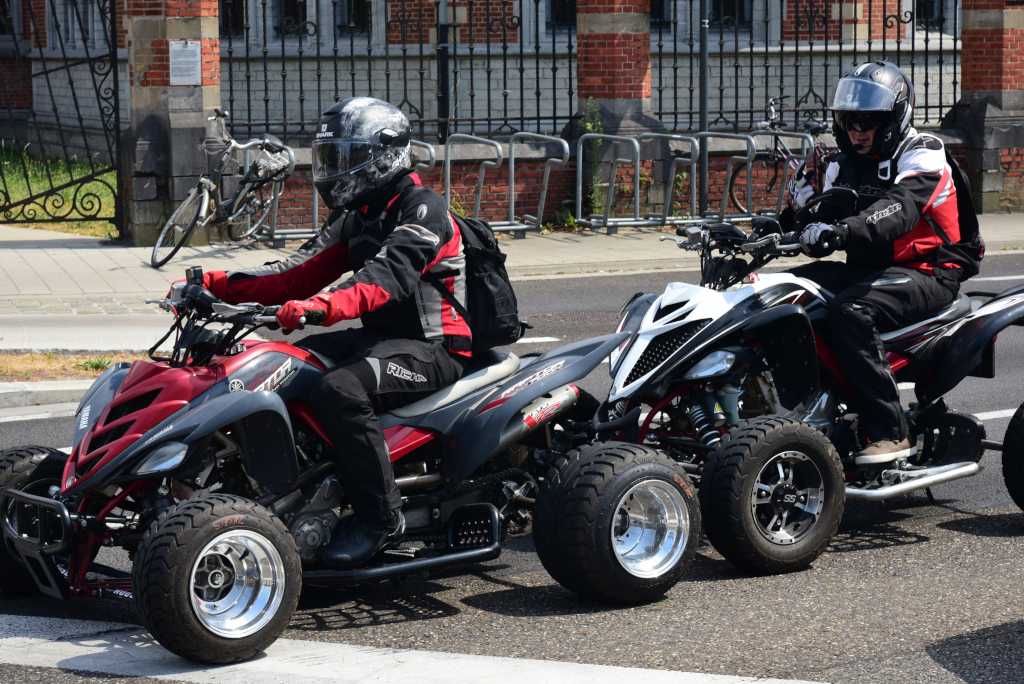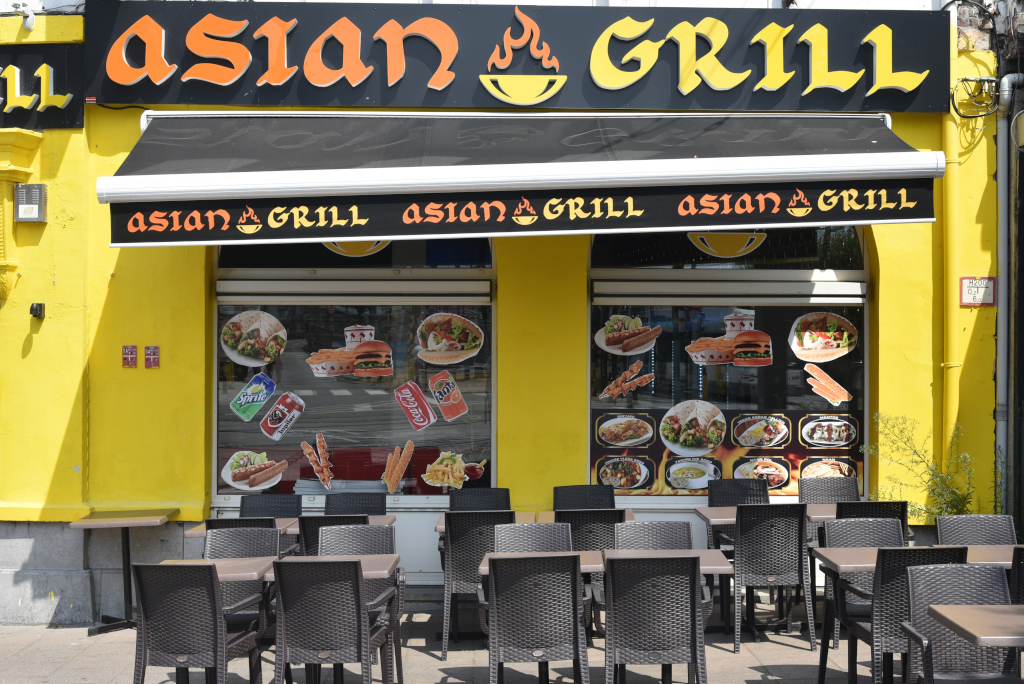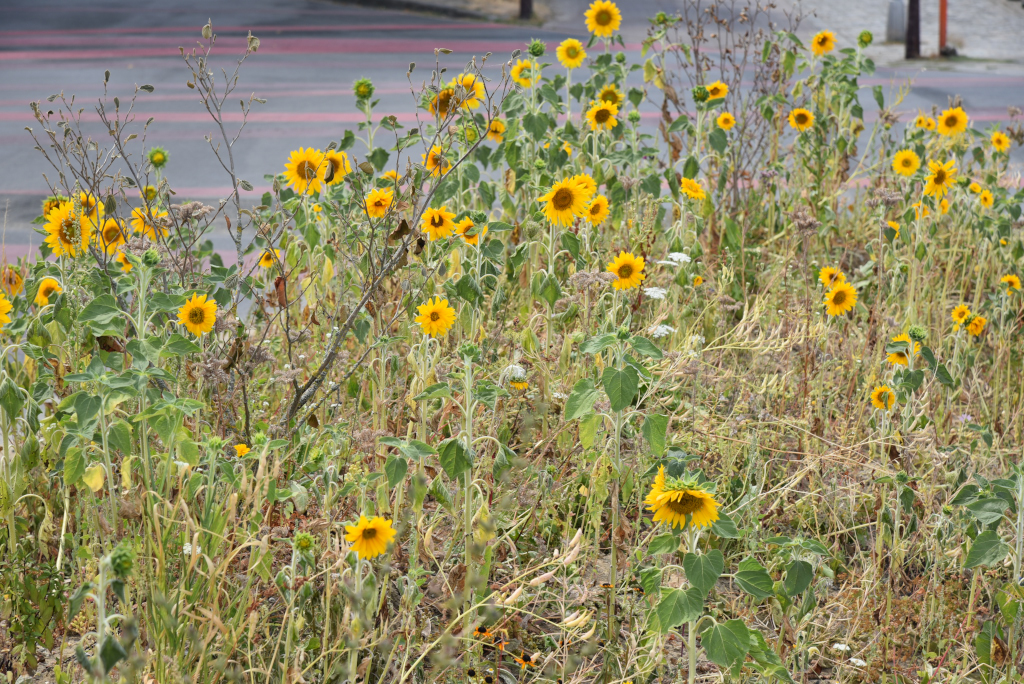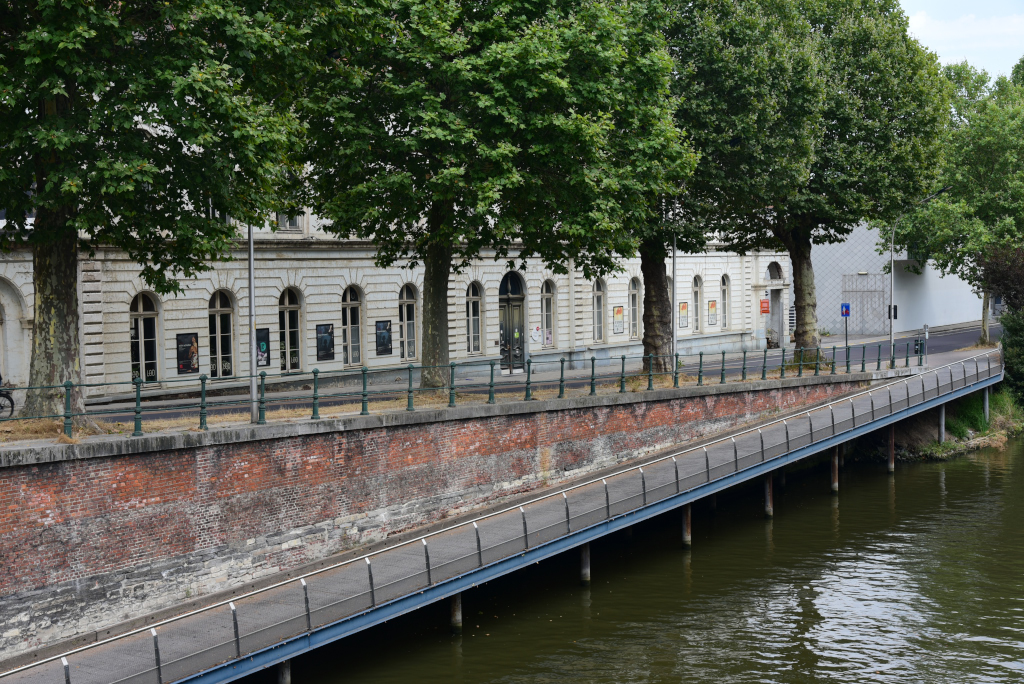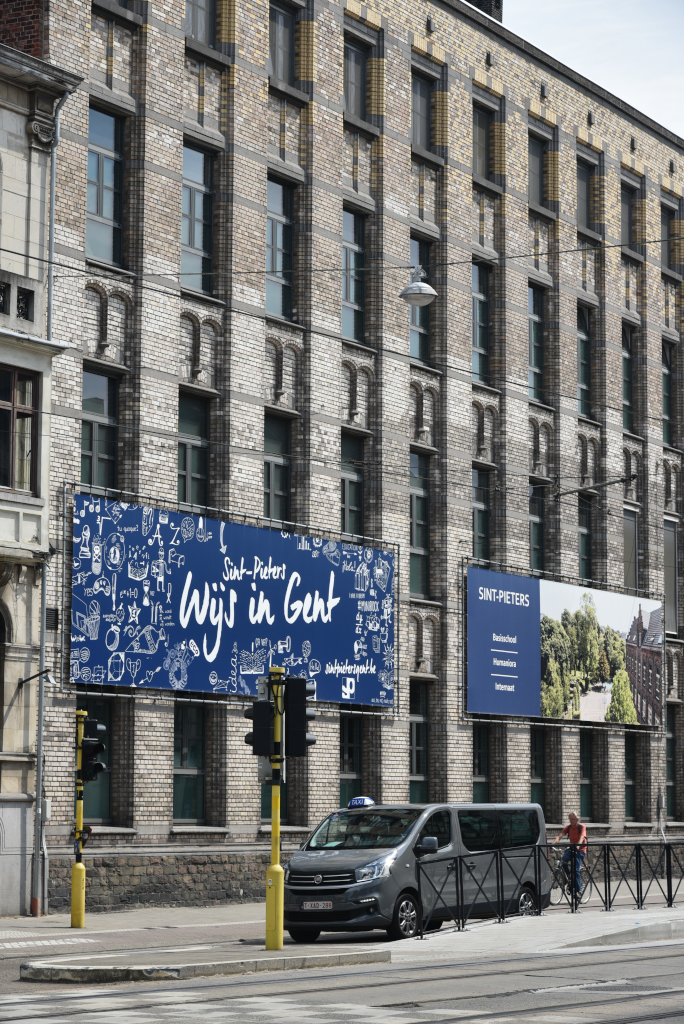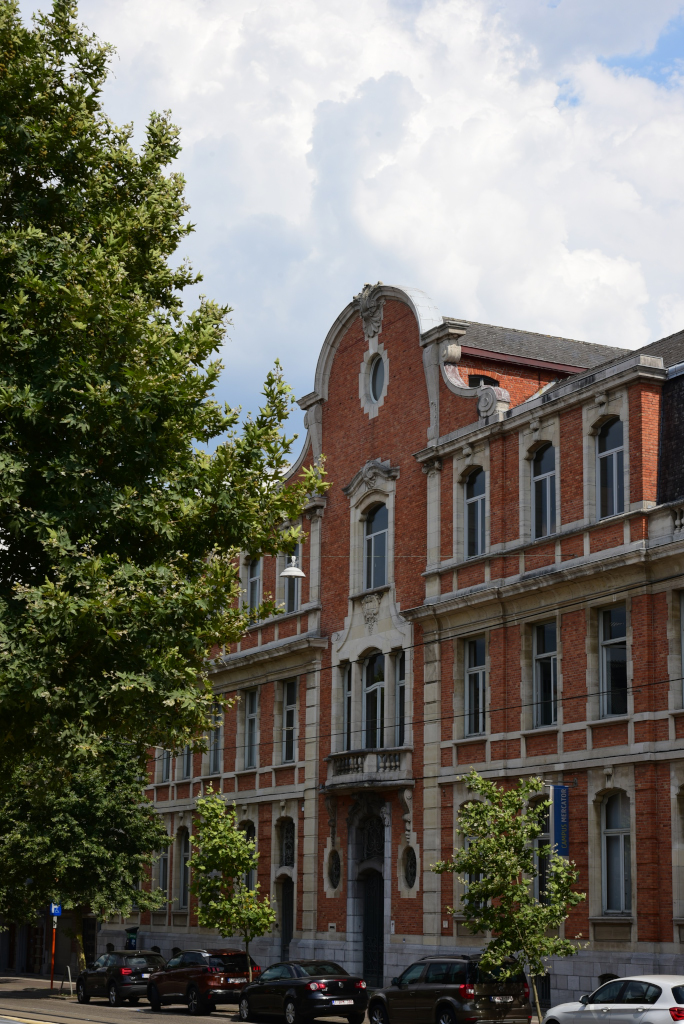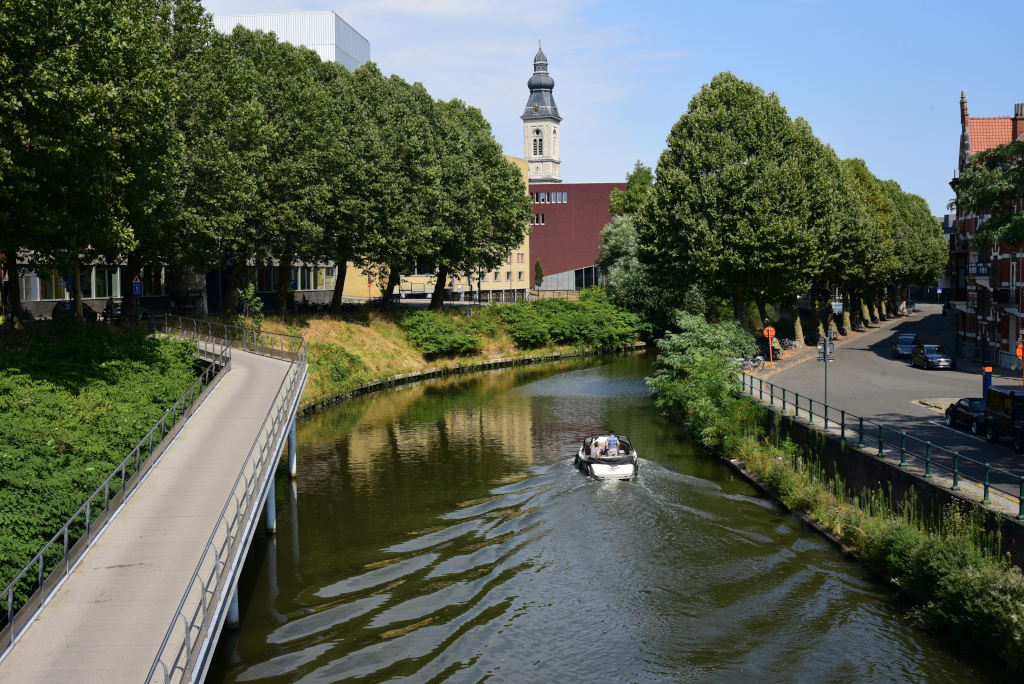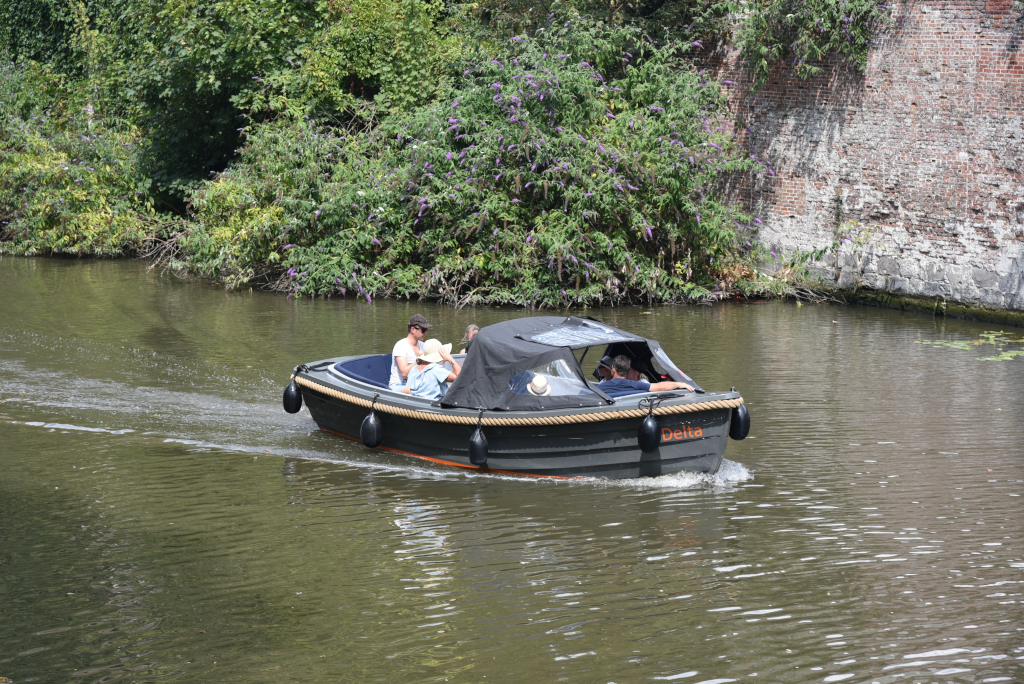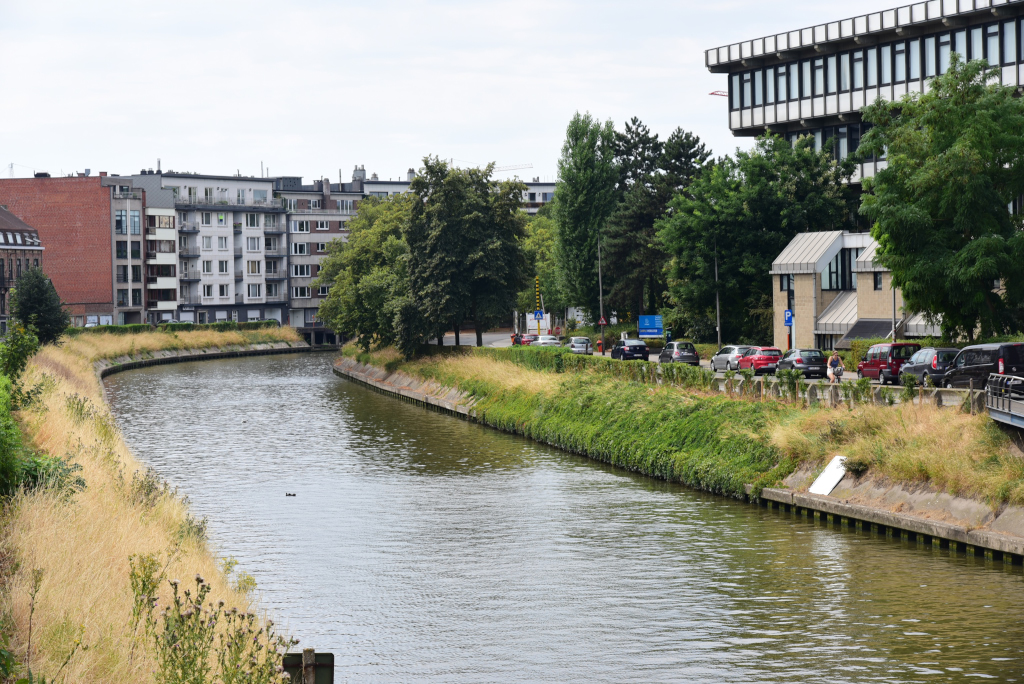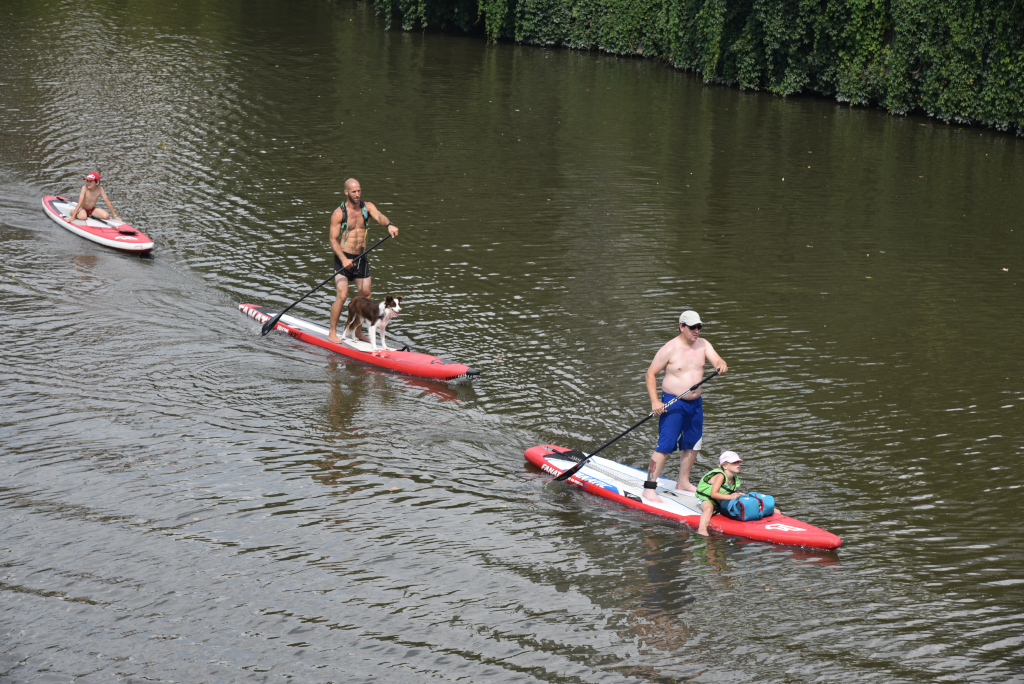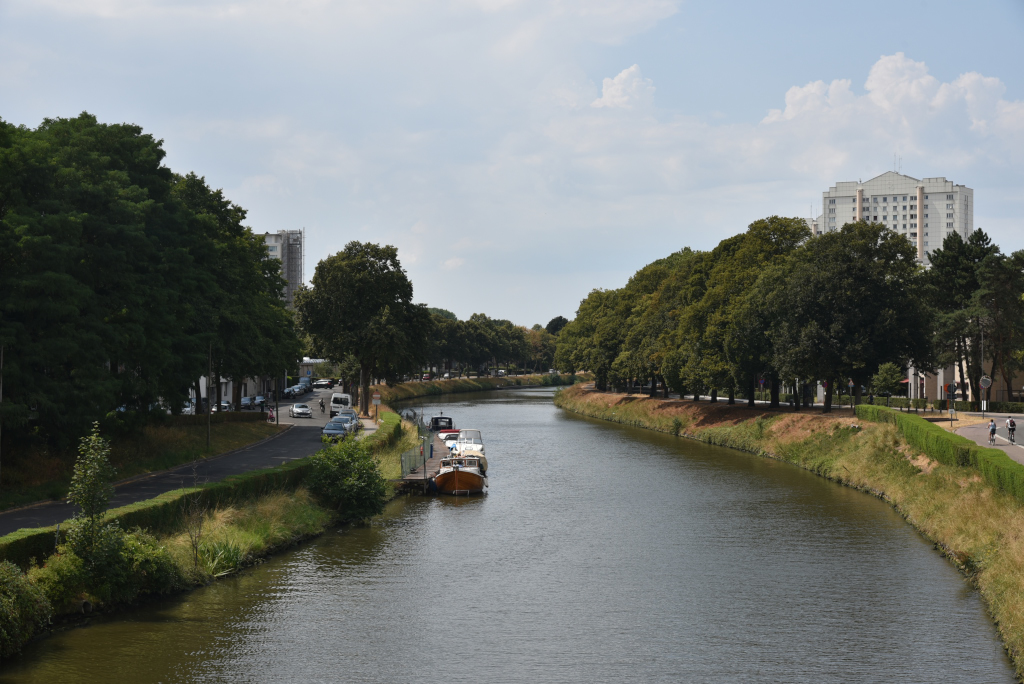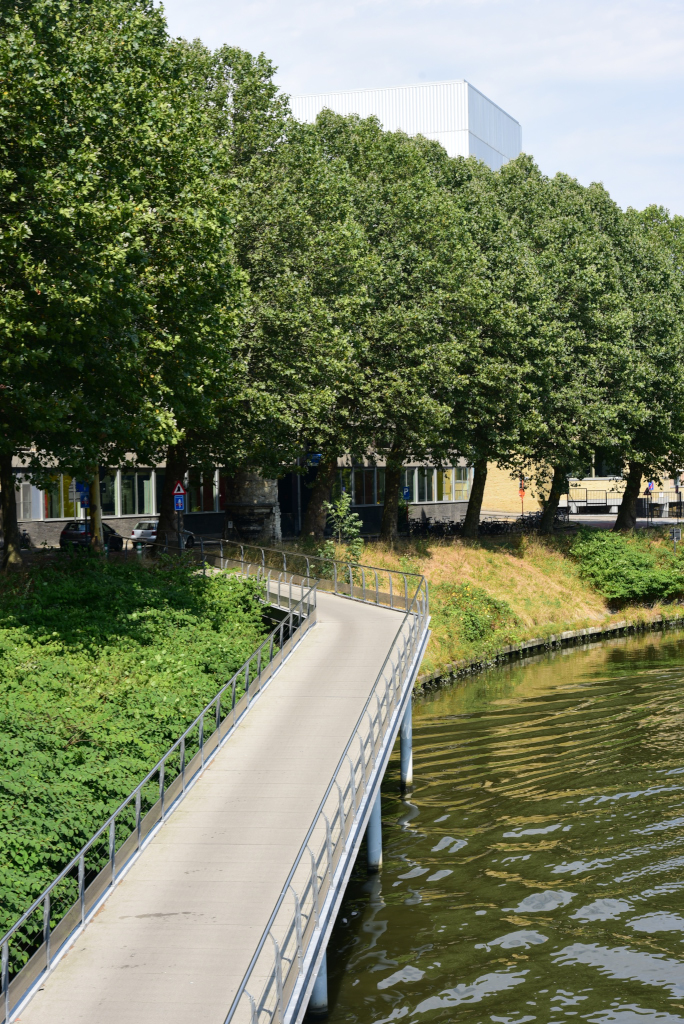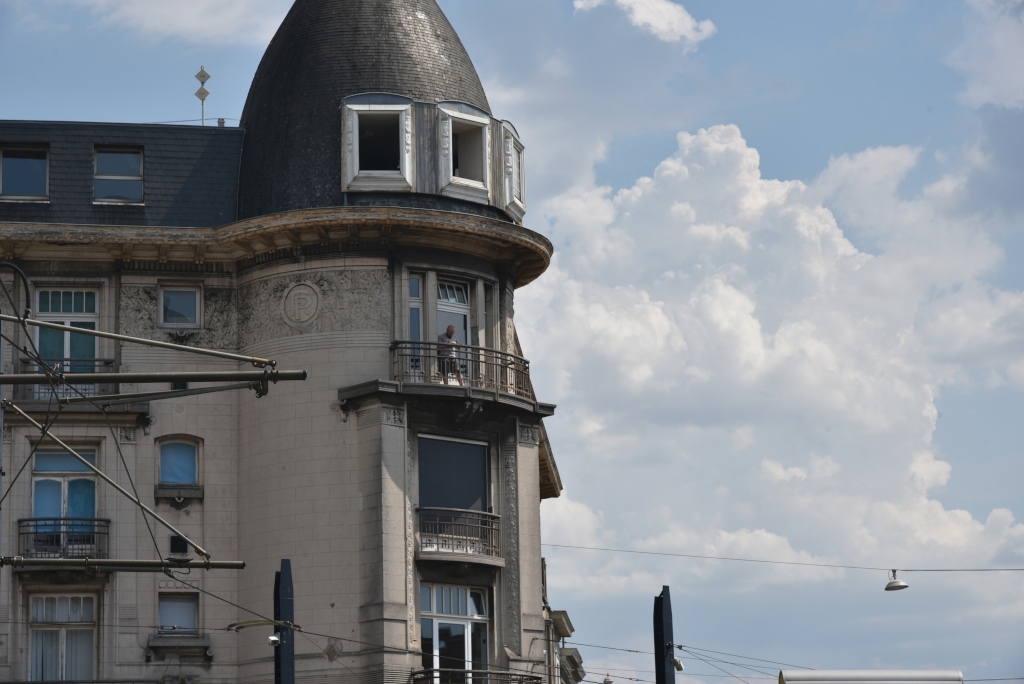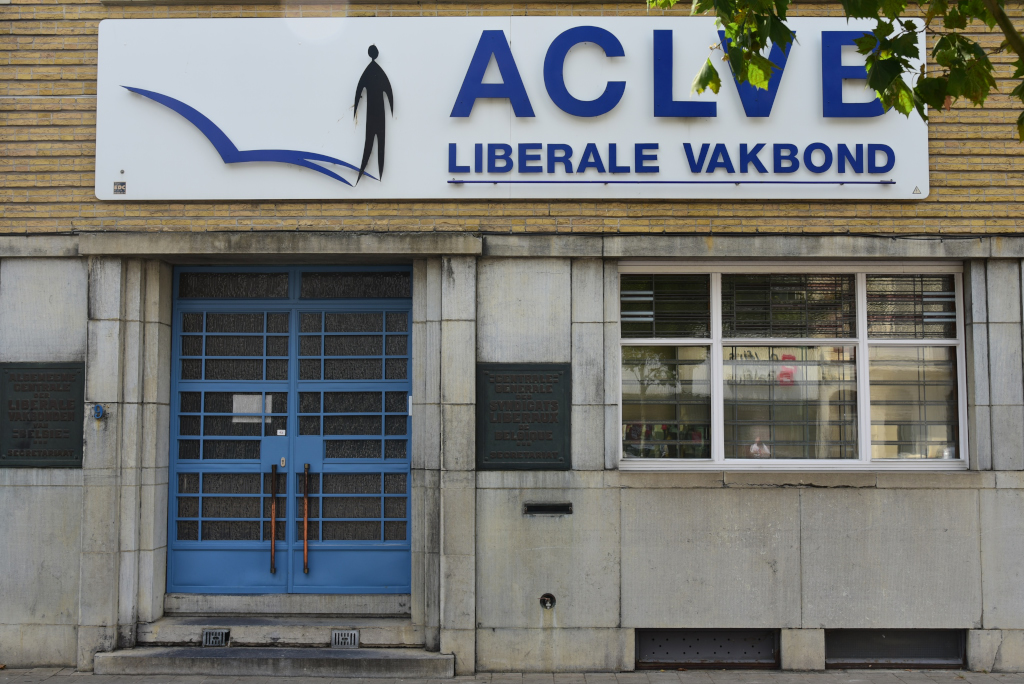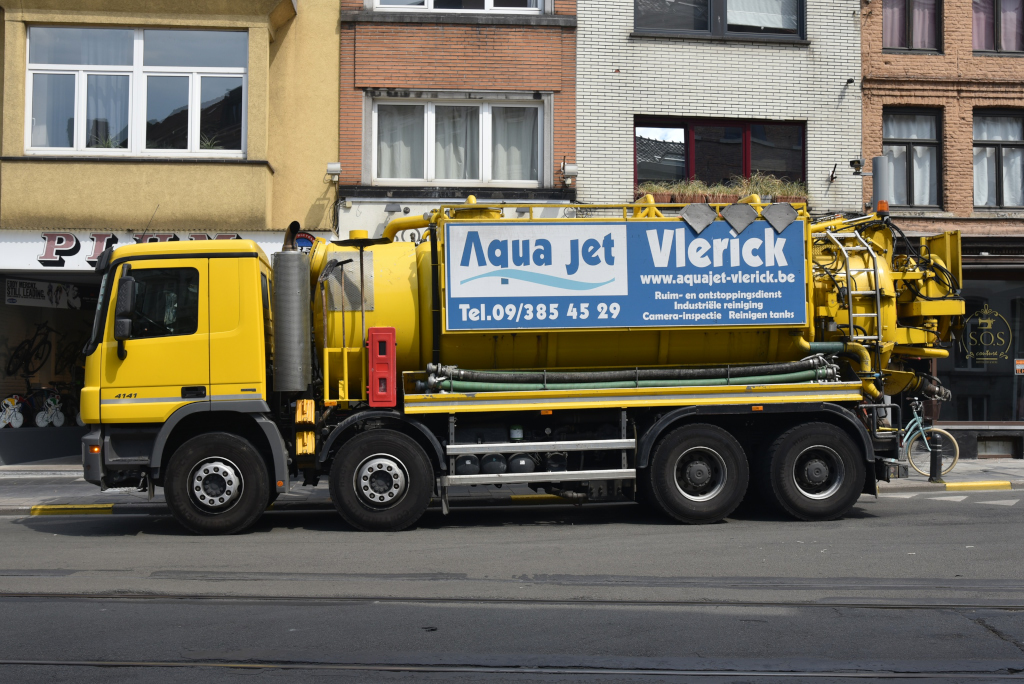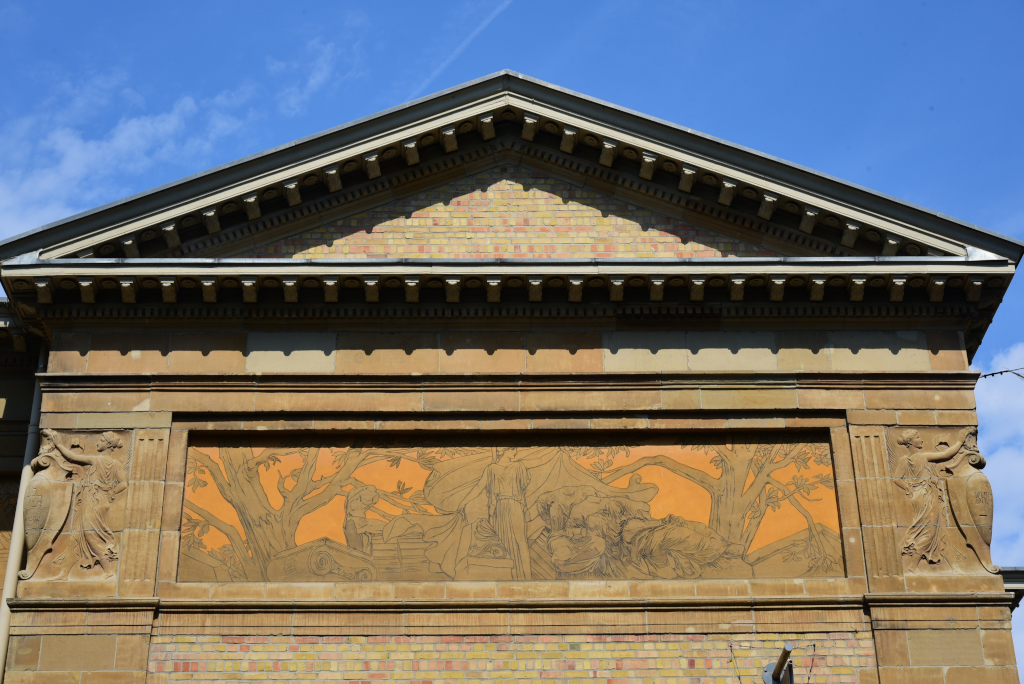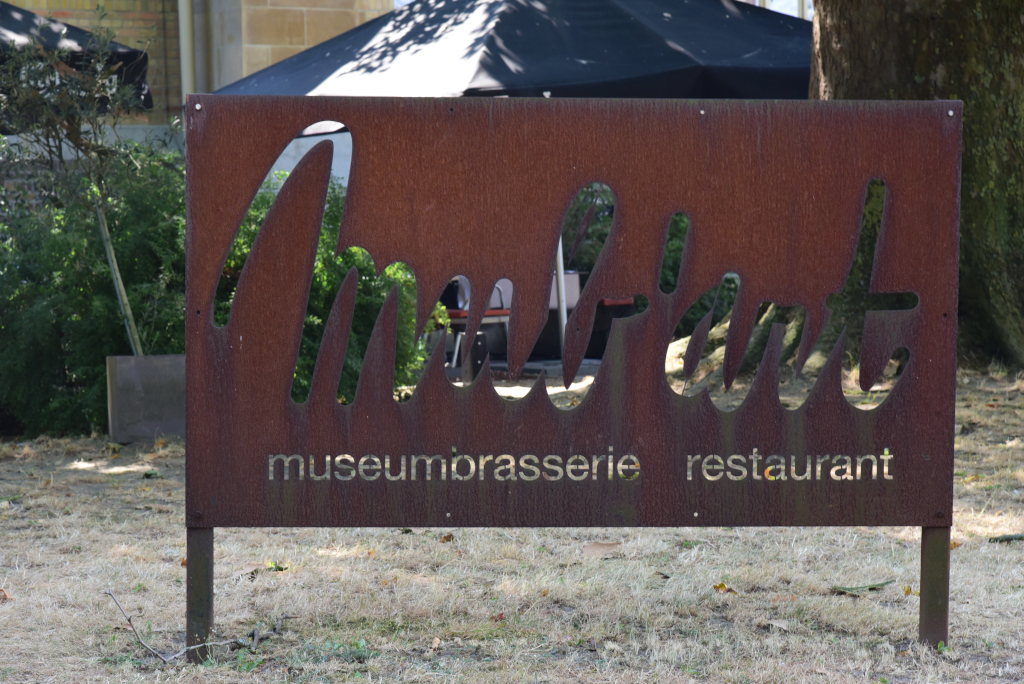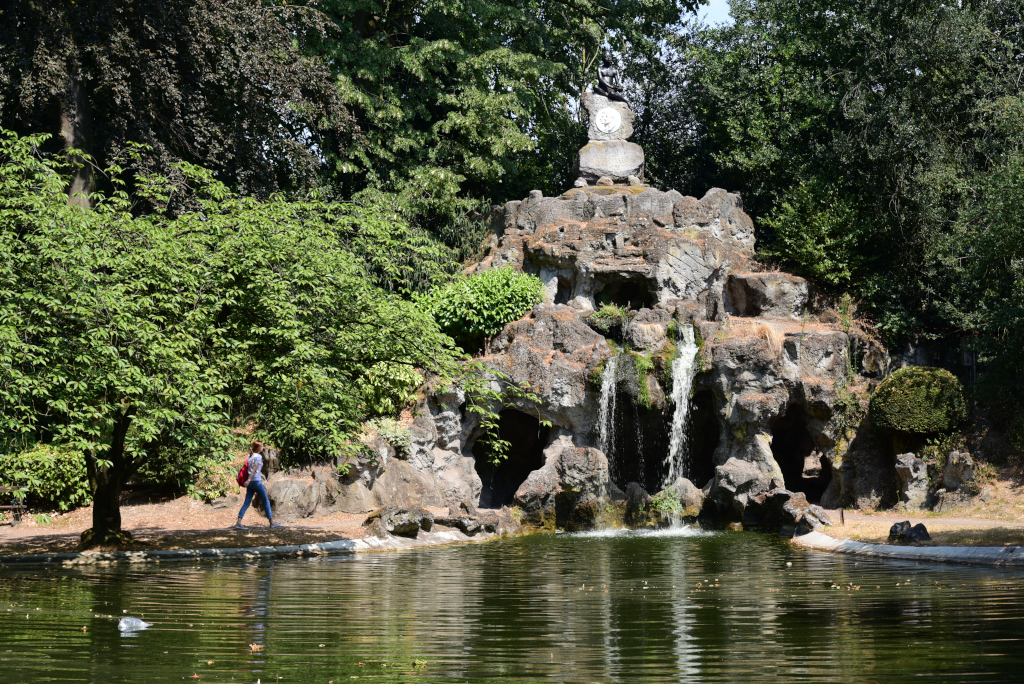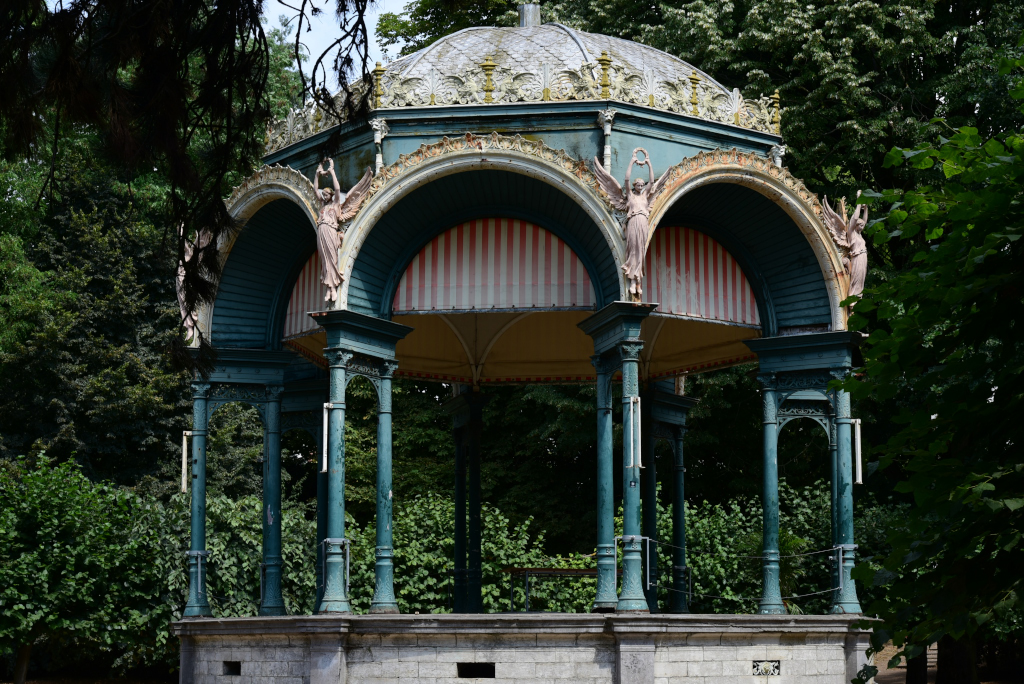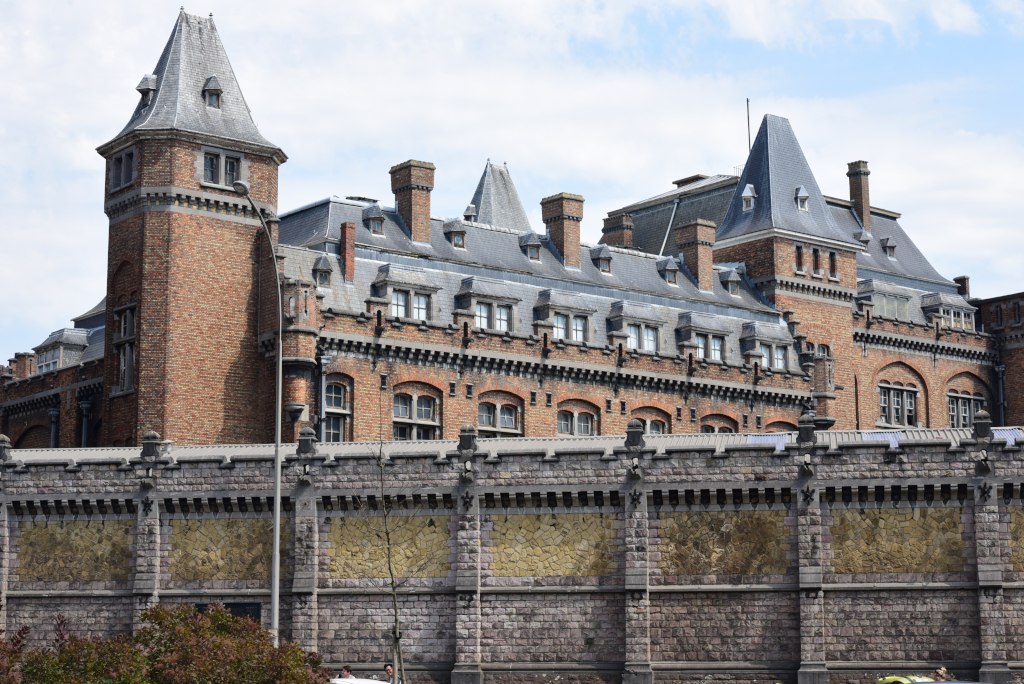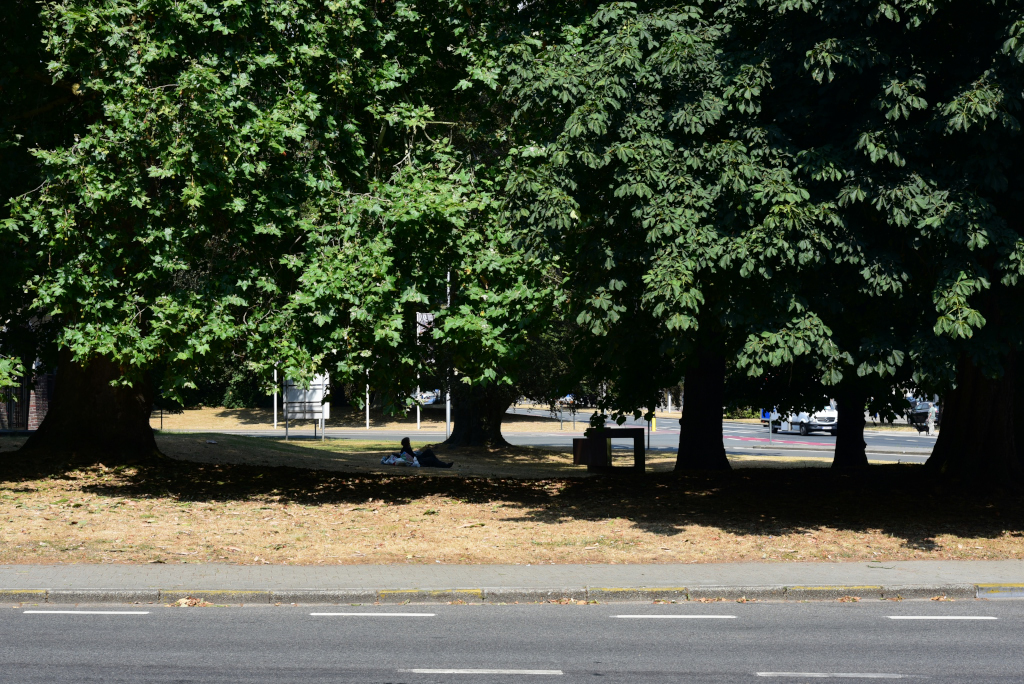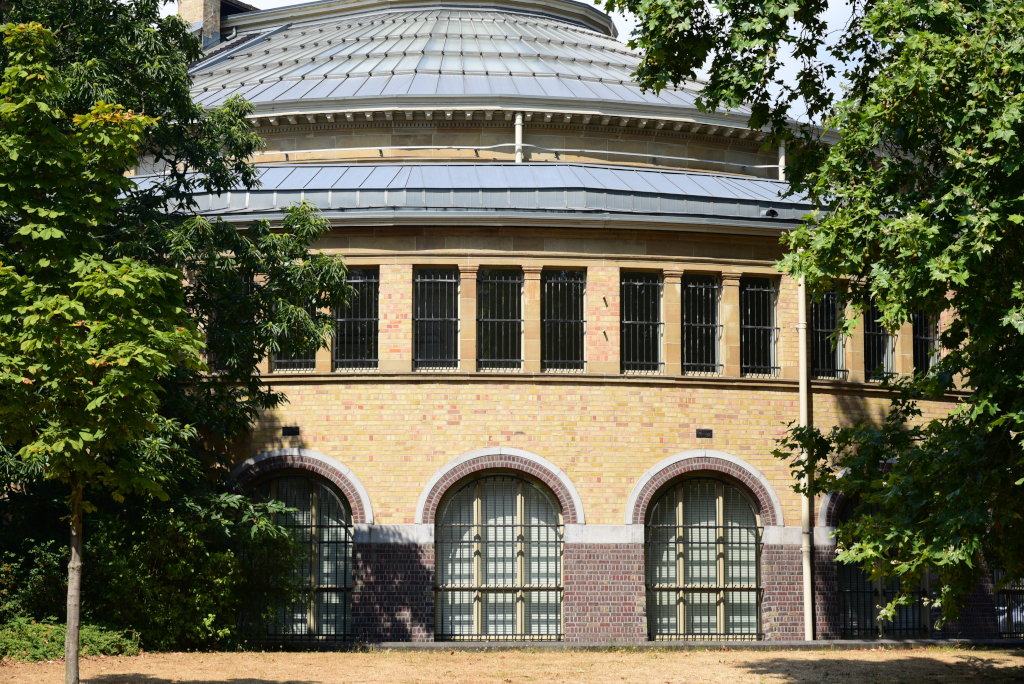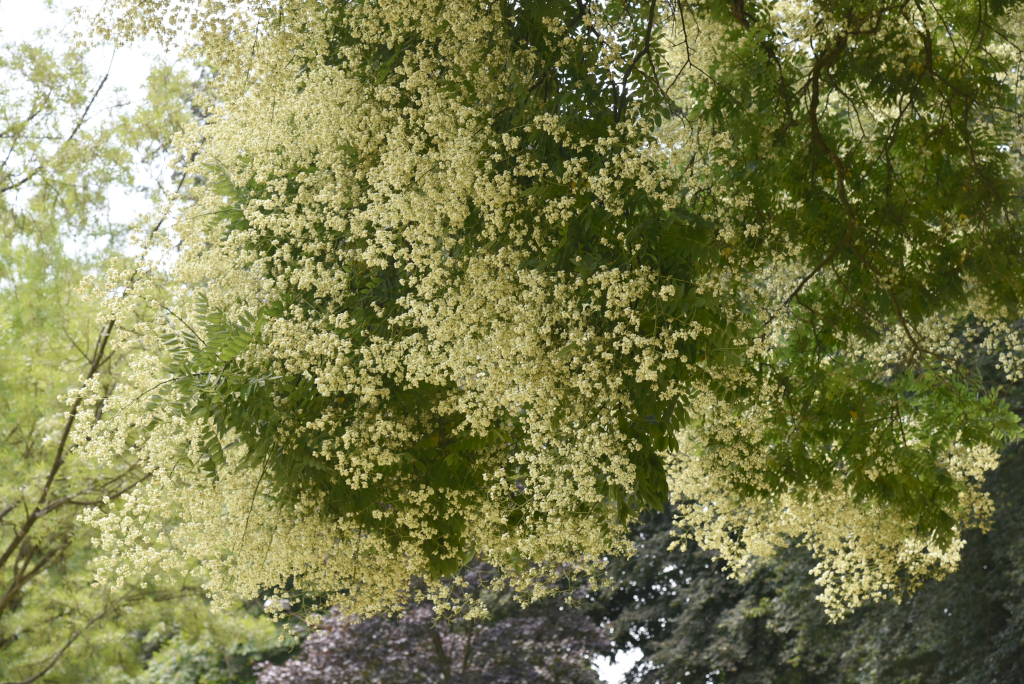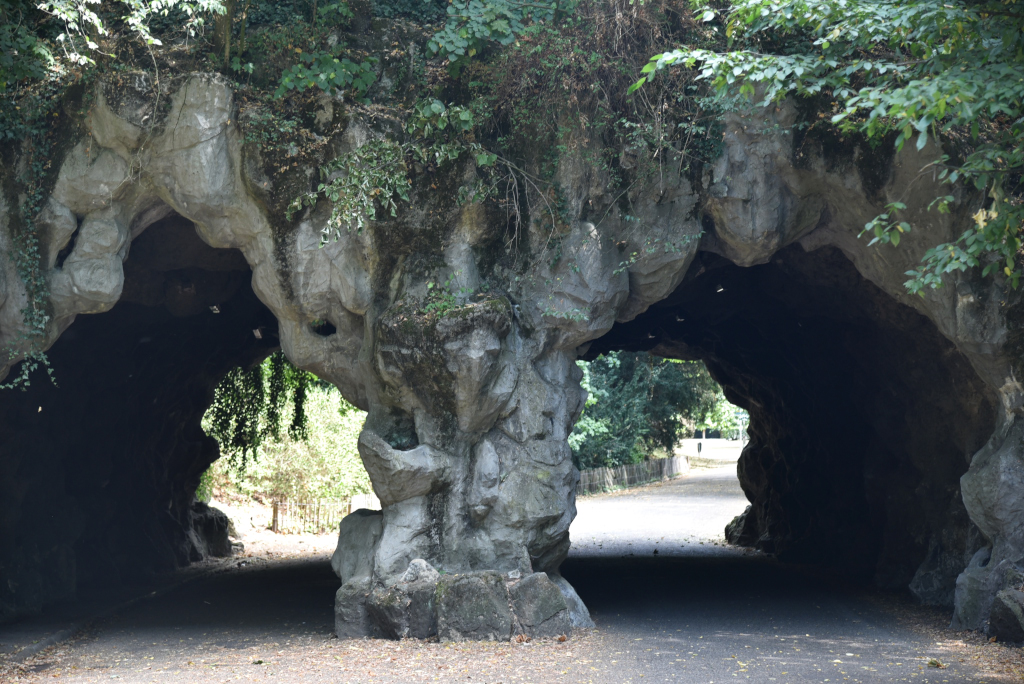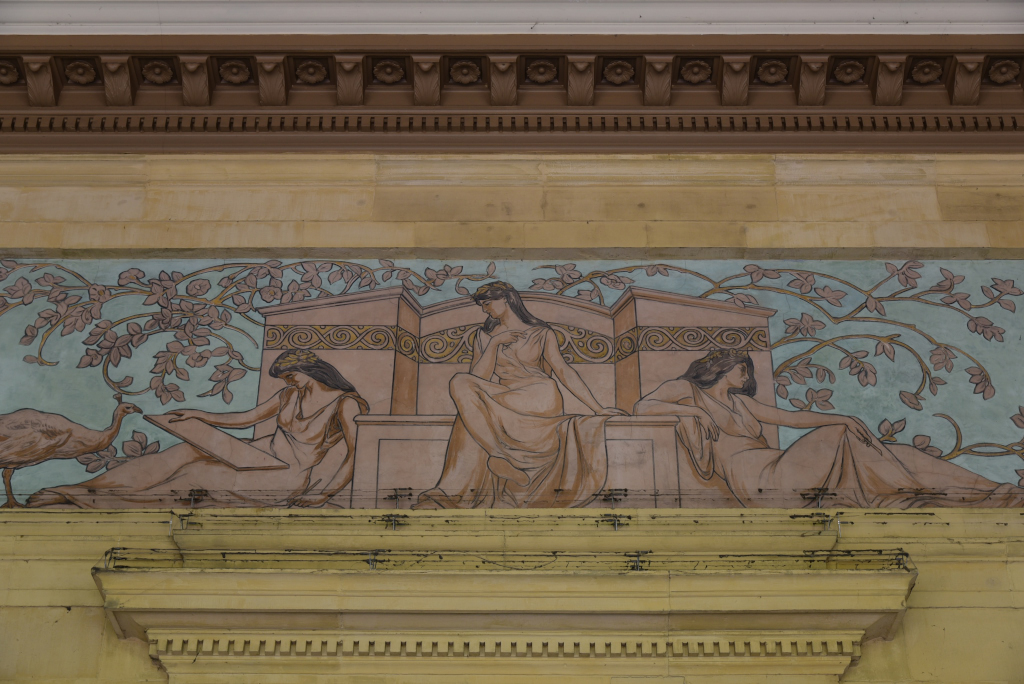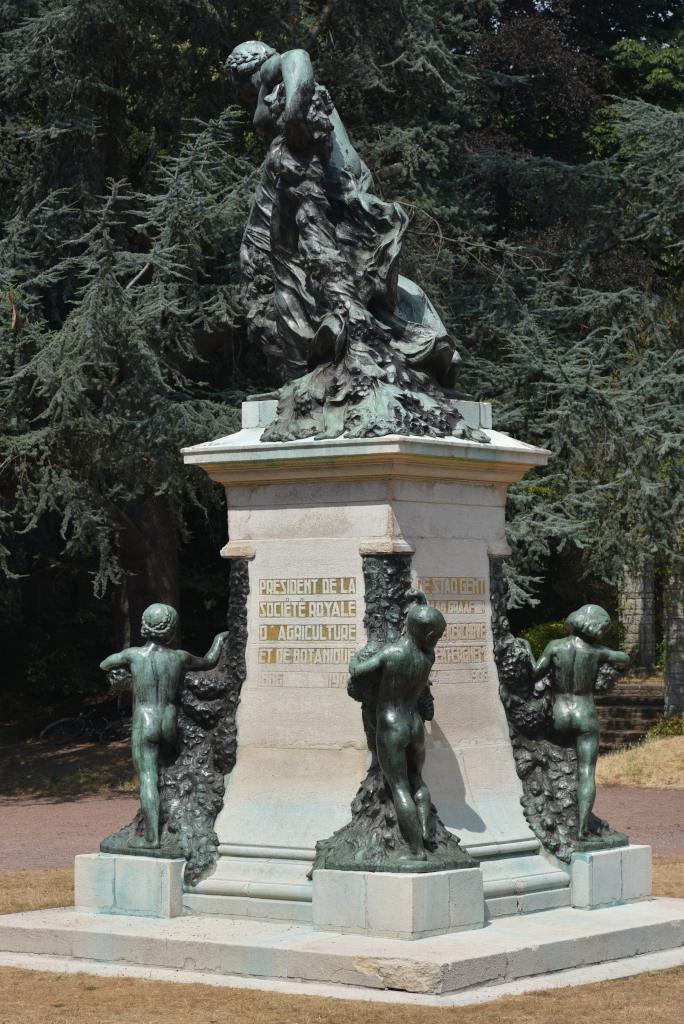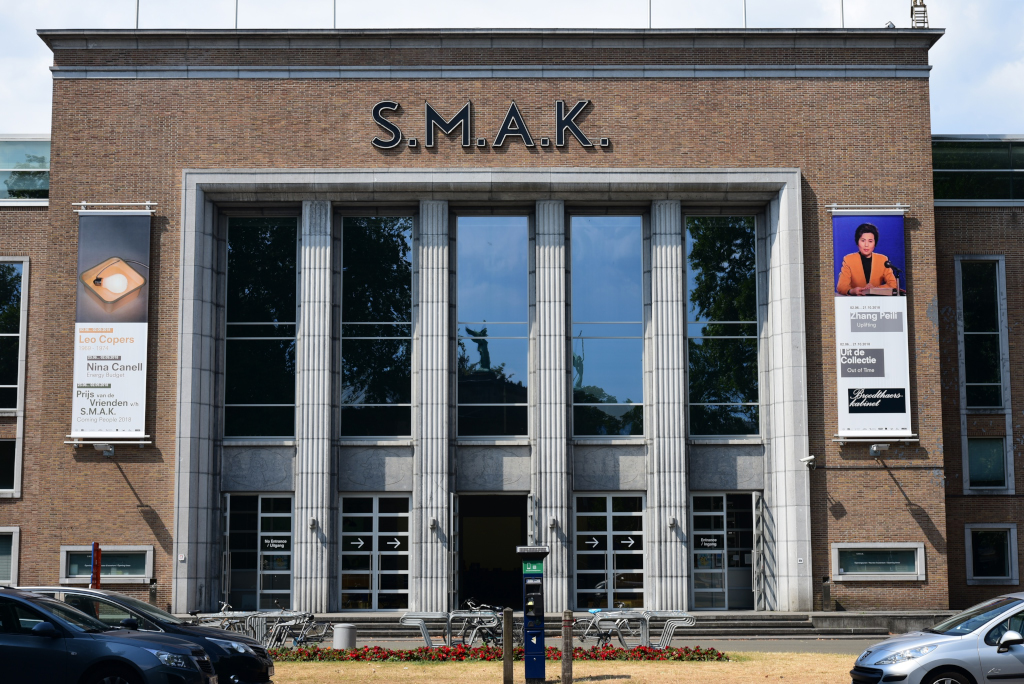July 27, 2018
Ghent, typical of the large Belgian urban centres, features a mishmash of architectural styles, largely due to the diverse cultures that came to dominate the region at various points in its history as well as the countervailing influences of Catholicism and Protestantism, culminating with Art Nouveau and modernism in the last century.
The great ecclesiastical structures and ornately decorated townhouses found in the city centre provide testimony to the wealth created in Ghent in the Middle Ages and Renaissance eras, although subsequent epochs also left their mark in terms of unique and often opulent structures.
Opulent residential structures of the Renaissance era were built in stone or brick, with crow-stepped gabling and parallel rows of mullioned windows with grid-patterned muntins, interrupted by decorative motifs and heraldry, often moderated by the use of decorative curlicues joining successive gable steps. The structures found in the city typically feature uniform colour schemes imparted by the use of stone or brick, and flat fascia with no protruding architectural characteristics such as bay or oriel windows.
Neoclassical stone buildings feature mansard roofs with regularly-spaced dormers, and tall rows of stately windows crowned by triangular architraves. Structures from this era are visibly more elegant and more spacious than ones from earlier eras, although inherently limited by the lack of adequate frontage typical of the age of the roadways that abut the buildings. Elegant and curvaceous black wrought iron balconies provide contrast to the whitewashed stone facades embellished with decorative sculptural flourishes, and set against the expanse of sheer stone.
Grandiose temple-like administrative buildings occupy large swaths of land, their pretensions at grandeur limited by the frugal squares and transport corridors they are set against. Rows of Corinthian columns support a broad pediment, and enclosing officious terraces, the fascia of the ostentatious palaces lined with rows of identical tall windows, crowned with smaller pediments and fronted by false balconies.
On the modernist front, Ghent’s architecture is predictably drab and monotone, featuring at best a minimum of embellishment and little in terms of endearing aesthetic touches, conforming with the mid-century ethos as well incurring a minimum of cost. And in the end redeeming itself only as a counterpoint to its adjacent and more ornate architectural counterparts hearkening from earlier and perhaps more inspired eras.
The slightly less stark Art Nouveau architecture hearkening from not much earlier is stunning, its monochromatic and geometric rigidity embellished with scenes of human accomplishment and decorative ribbons in bas-relief. Both Art Deco and Art Nouveau appropriate earlier styles of architecture , amending the original canon with whimsical contemporary touches.
Livening up the cityscape are imaginative murals and graffiti, artistic and inspired artwork rather than randomly applied, with little talent and painful to the eye.
Notably, one does not see half-timbered facades or jettied stories typical of European medieval architecture.
As in much of Europe, restaurants and bars sprawl over the little space that is available on squares and in alleys, limiting mobility in a manner that would be completely unacceptable in the New World urban environments, and yet creating a lively and convivial environment.
While not dominated by water, Ghent is nonetheless characterized by the presence of the Scheldt and Leie rivers that meet in the town centre, as well as various offshoot canals that meander through the city, whose practical and aesthetic characteristics are typical of the Low Countries. Then the port of Ghent is the third busiest in Belgium, the North Sea being some 30 km to the north of Ghent at Terneuzen. Seeing the city from its waterways provides a unique perspective to understand the city in terms of the sight lines offered from the water as well as the experience of moving in a boat.
On land, the bicycle offers a typical transport option in the Low Countries, of which bicycles adapted to carry larger loads of goods as well as family members play a special role.
The Citadelpark was built in 1875 on the site of the former Dutch citadel of Ghent, built between 1819 and 1831. The citadel was one of the largest and most modern of its time in Europe and continued to function until 1870. The park was redeveloped in 1913, and buildings were built to house the world exhibition of 1913.
One of two important city museums located in the Citadelpark, the Museum voor Schone Kunsten holds a large permanent collection of art from the Middle Ages through to the mid 20th century, focusing on Flemish Art as well as European paintings. It is a member of The Flemish Art Collection, a partnership between the three main museums of fine arts in Flanders, together offering an overview of Flemish art from the 15th to the 20th century.
The Stedelijk Museum voor Actuele Kunst (commonly abbreviated as S.M.A.K., Ghent’s Museum for Contemporary Art) is adjacent, focused on modern art, the collection including Karel Appel, Francis Bacon, Panamarenko, Andy Warhol, etc.) and focusing on provocative temporary exhibitions.
(Narrative partially excerpted from Wikipedia)

